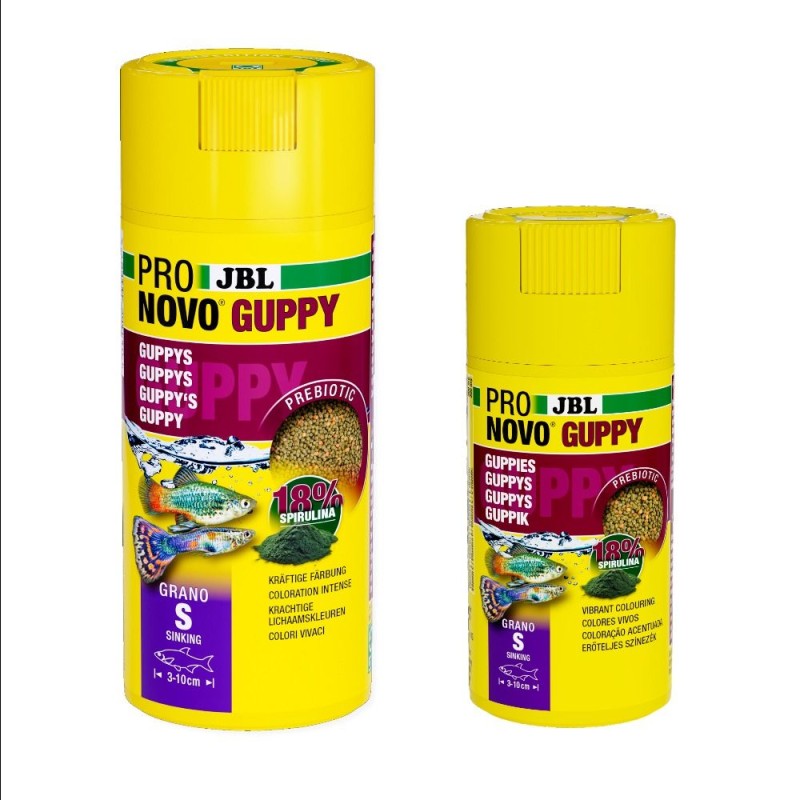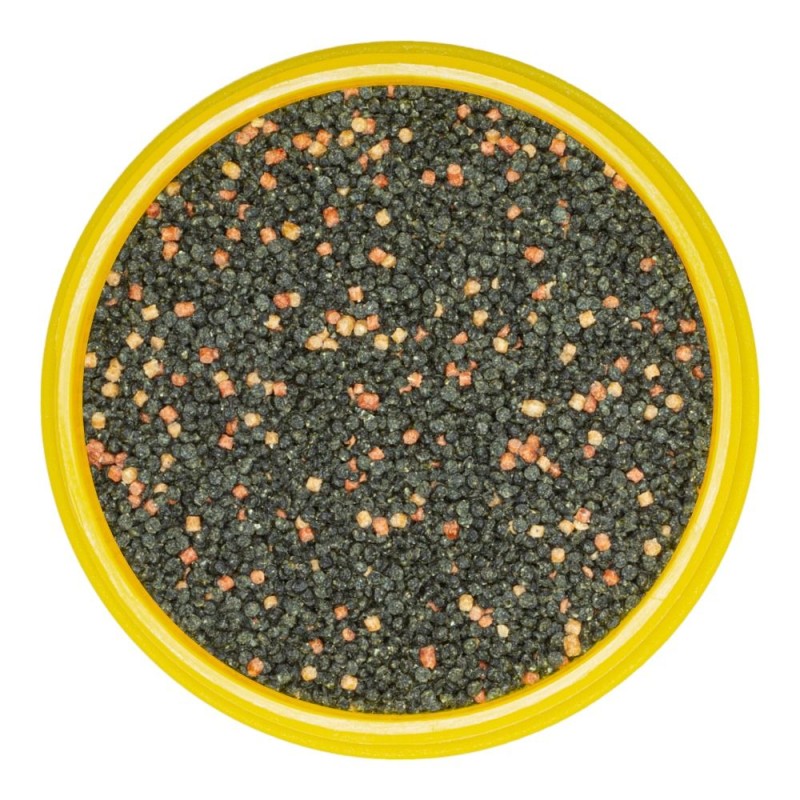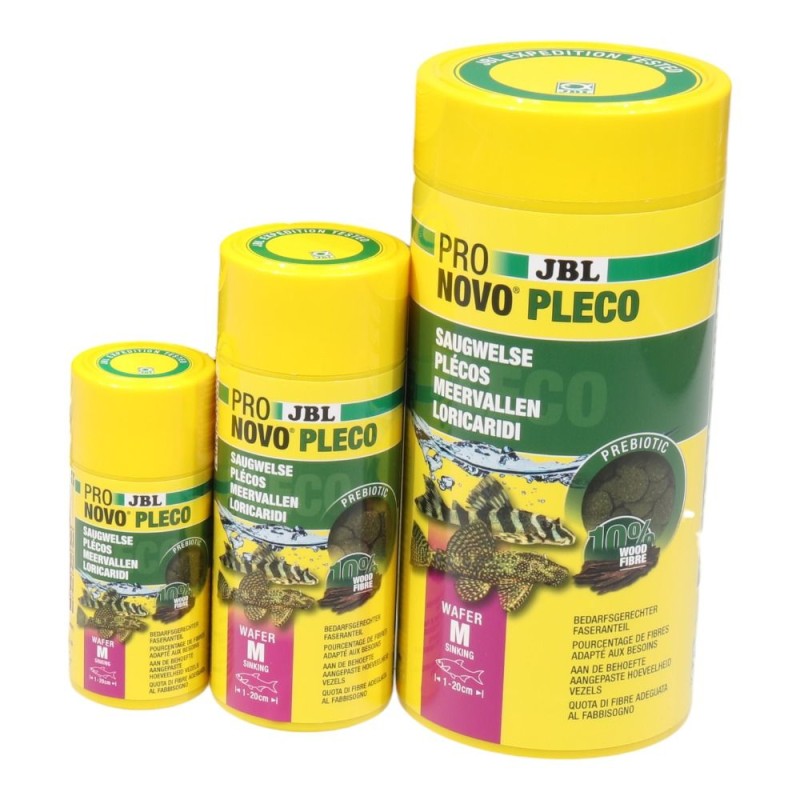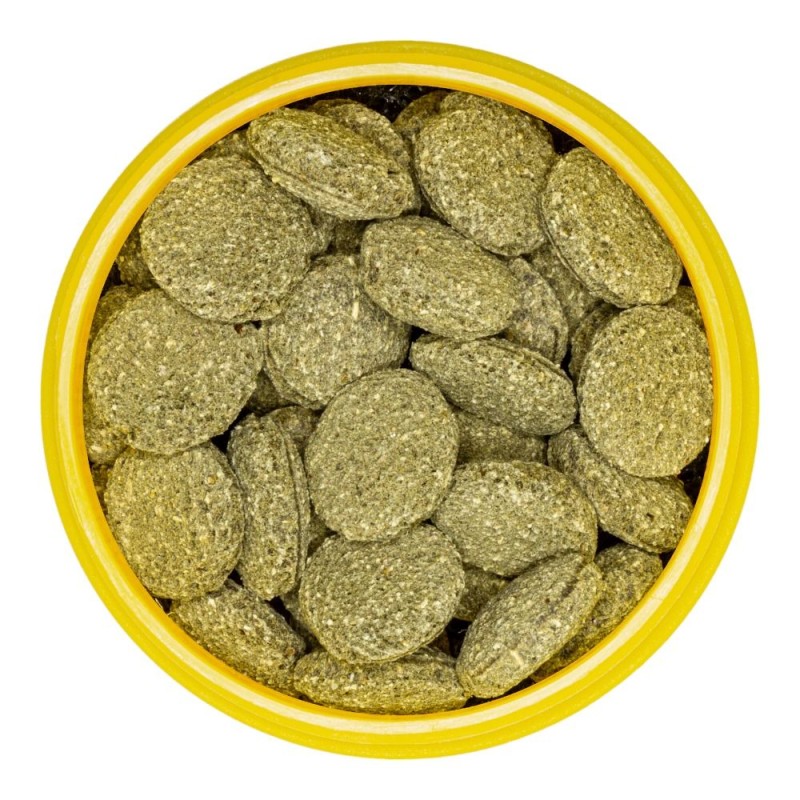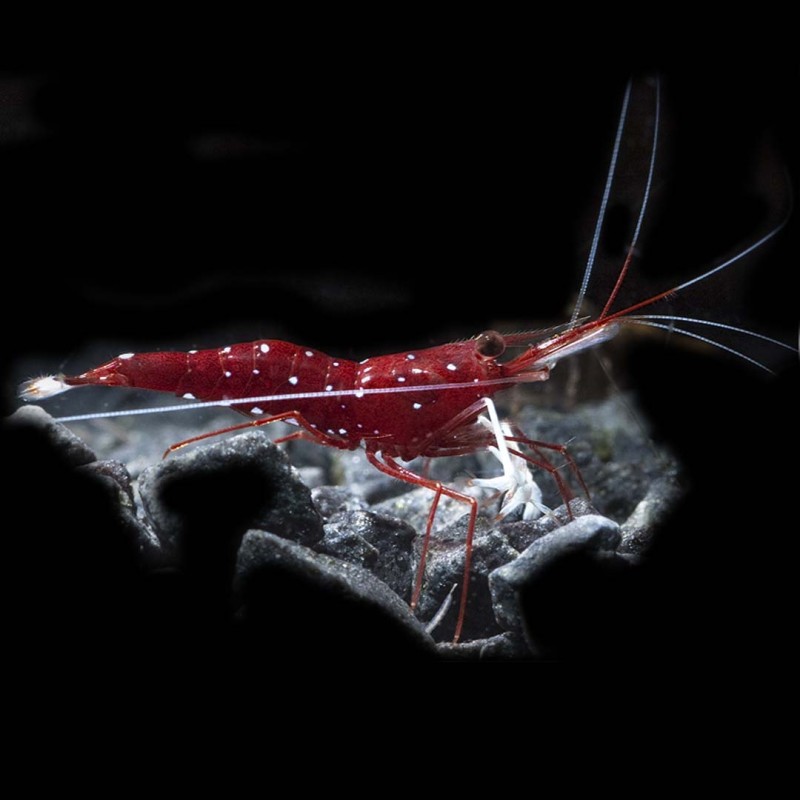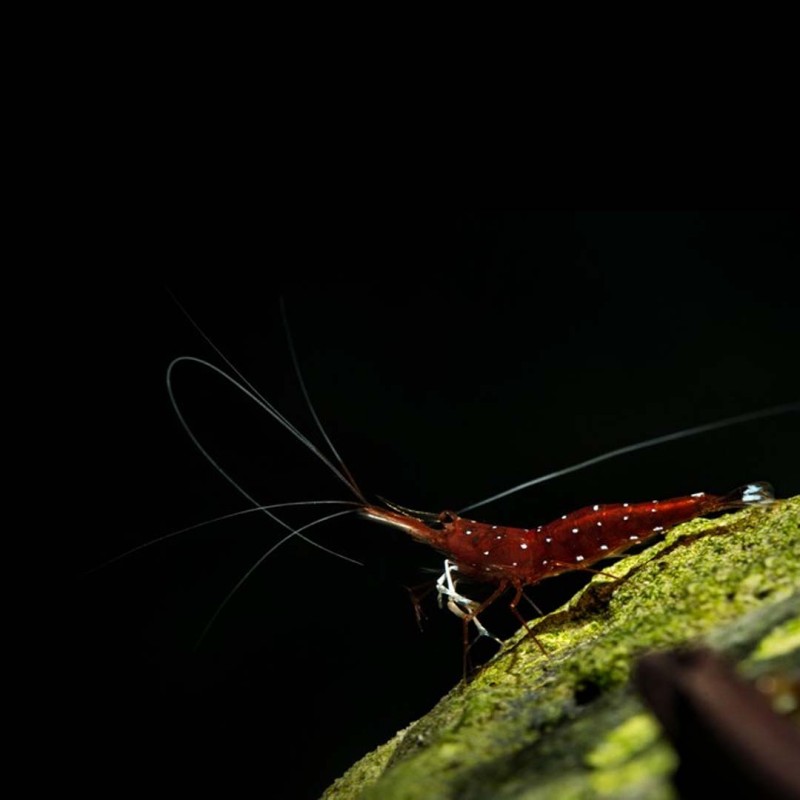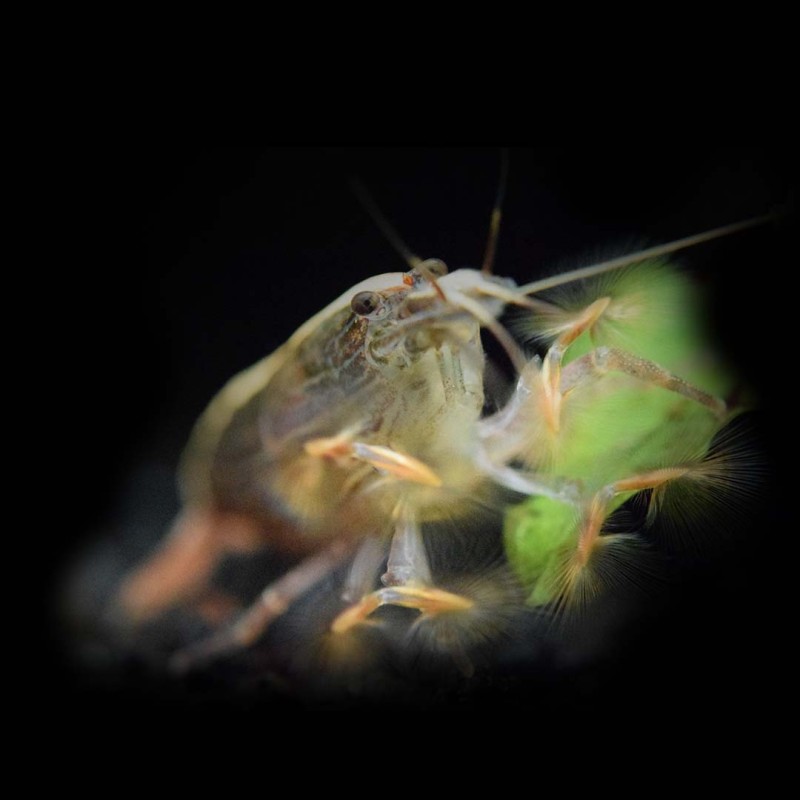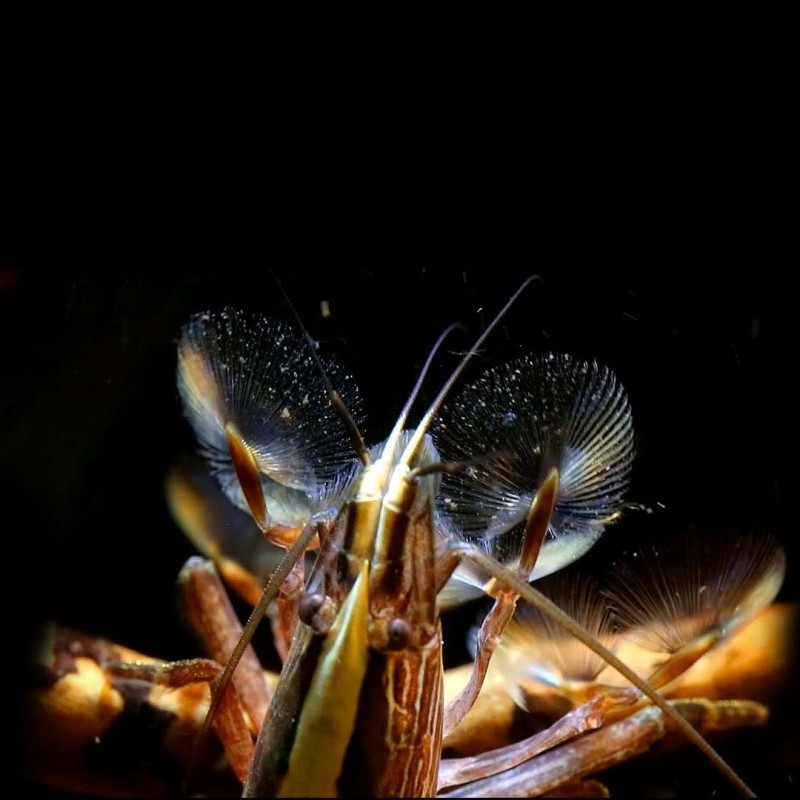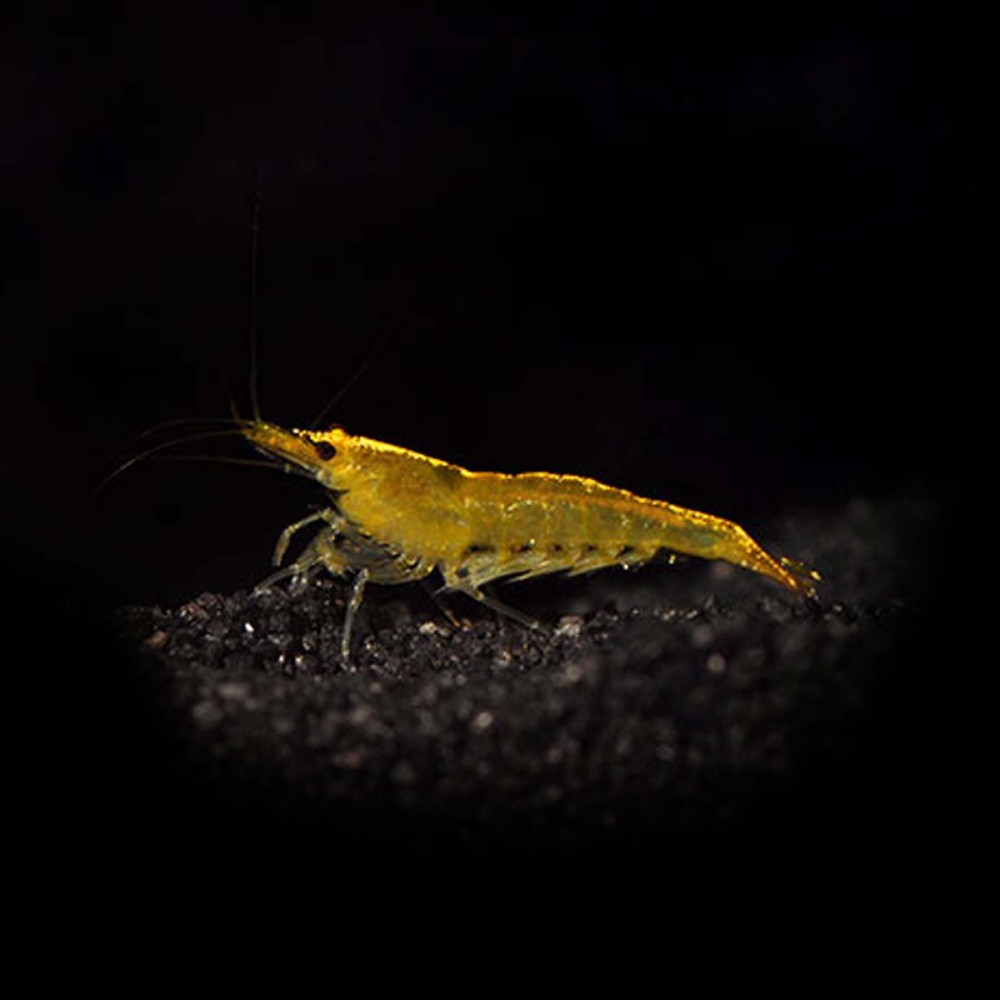
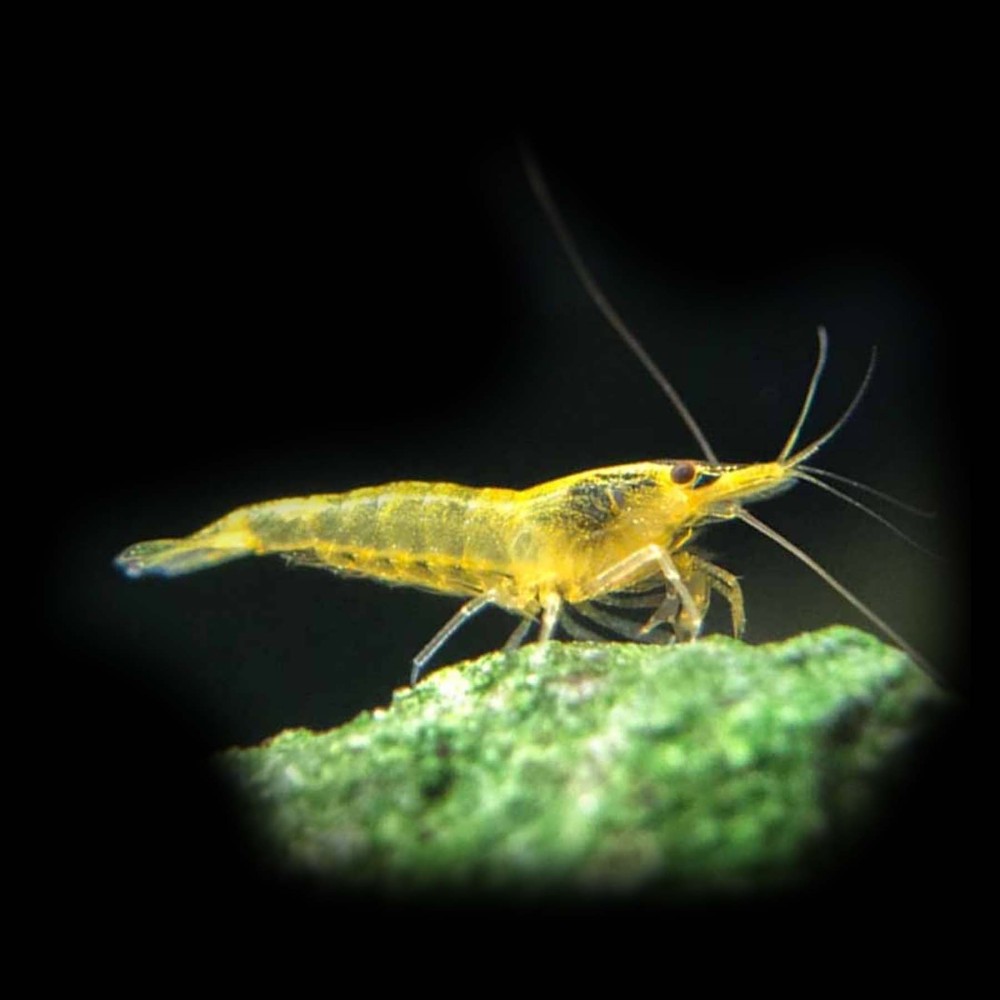


- Stock: Call To Order
- Model: -
- EAN: 5022099235687
The Yellow shrimp is a sturdy creature that can adapt to a wide range of water parameters. It is known to survive in both hard and soft water and the pH-value can be from 6.0 (acidic) to 8.0 (alkaline). The water temperature should be kept in the 22-28 °C range.
The Yellow Shrimp is one of the only yellowed coloured shrimp in the hobby. It is a selectively bred from the same wild type as the Red Cherry Shrimp to obtain its yellow coloration. It is favoured by many hobbyists due to its unique colour, hardiness and breeding rate. The origin of the Yellow Shrimp lies in Japan and is a colour morph of the wild Neocaridina Heteropoda species. The date of their creation seems to be around 2006 or a few years earlier. The Yellow Shrimp was first introduced to other countries in 2006. The exact breeder who created this color morph is unknown.
Colour Grading
The body and legs are red without cracking to the carapace. There may be some slight spotting on the legs but they should be mostly red in colour. There may be some translucence to the carapace such that the saddle may still be visible but still difficult to see under poor lighting.
Sexing
Sexing the Yellow Shrimp is very easy. Females are easy to identify as they are larger than the males, have a much darker yellow coloration, and also have a curved underbelly. You can also distinguish a female from a male because a female Yellow Shrimp will frequently have a saddle, if not eggs as well. Females may also have a stripe along their back which males will not have.
Feeding
The Neocaridina Heteropoda will eat anything from blanched spinach, zucchini, algae wafers, shrimp pellets, fish flakes, bloodworms, and more. Feeding is best done once a day. Only feed an amount of food that the shrimp can finish within 2-3 hours maximum. It is not good to feed in excess and have food sitting for too long. Overfeeding is a known cause of death and can also cause water quality issues. Remember that shrimp are scavengers in the wild. They will eat whatever they find and are not used to a constant food source 24/7. Not feeding for one or two days is fine and will not harm this species at all. Sometimes I will not feed for a couple of days in order to let the shrimp cleanse their systems and keep the water clean at the same time.
| File Name | Size | Link |
|---|---|---|
| 50 How to care for Freshwater Shrimps and Snails.pdf (Total downloads: 1069) | 227.31KiB | Download |
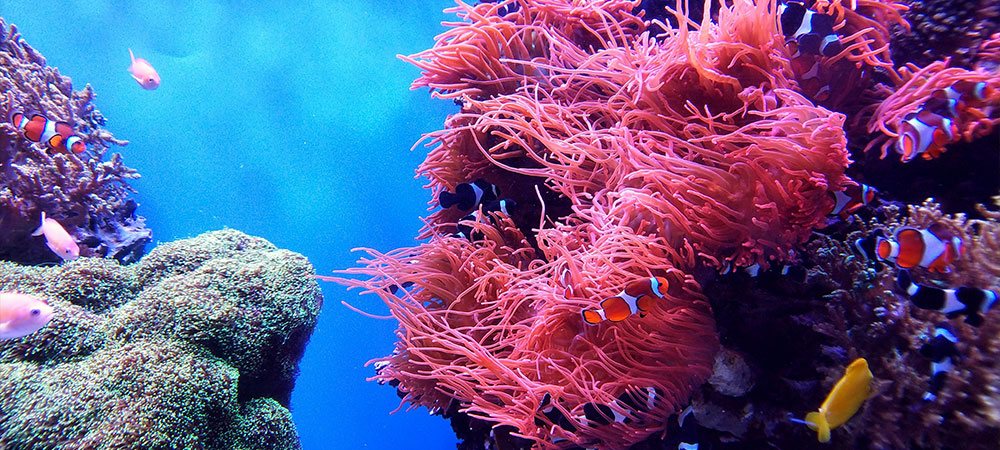
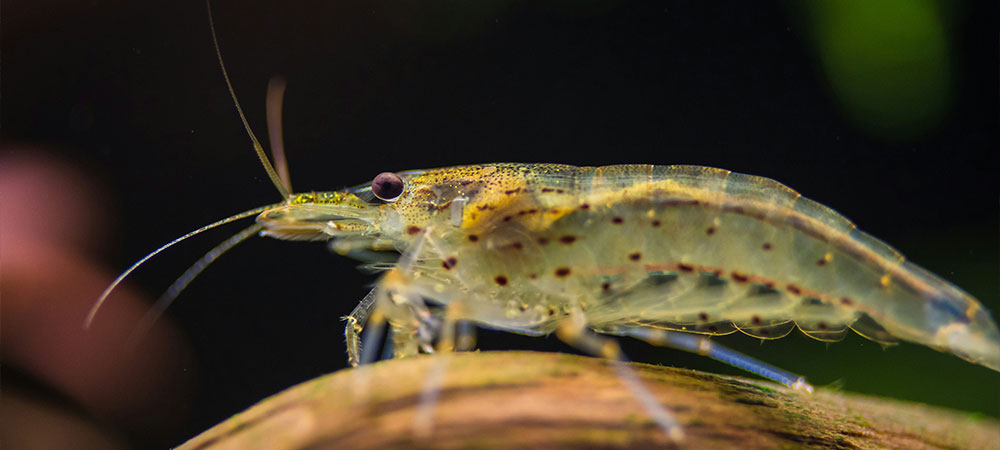


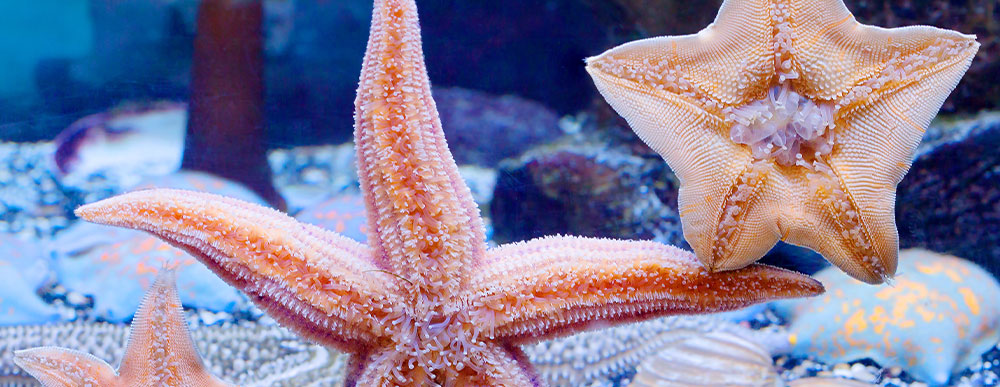
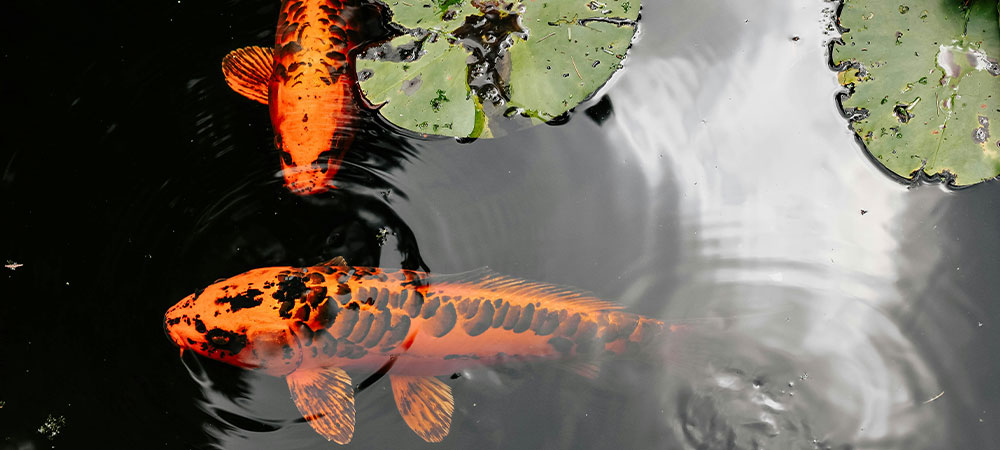
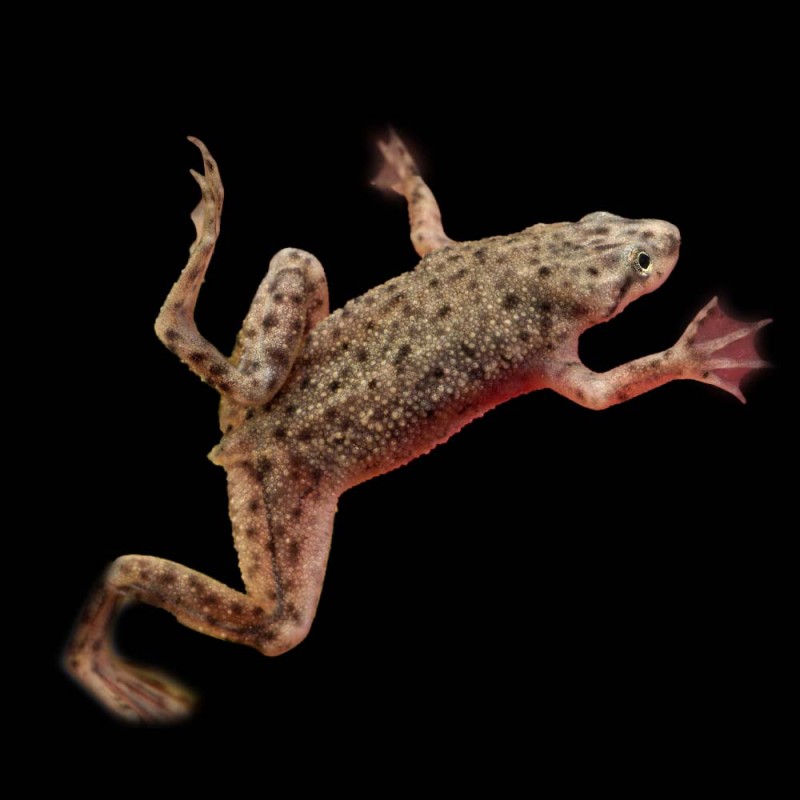
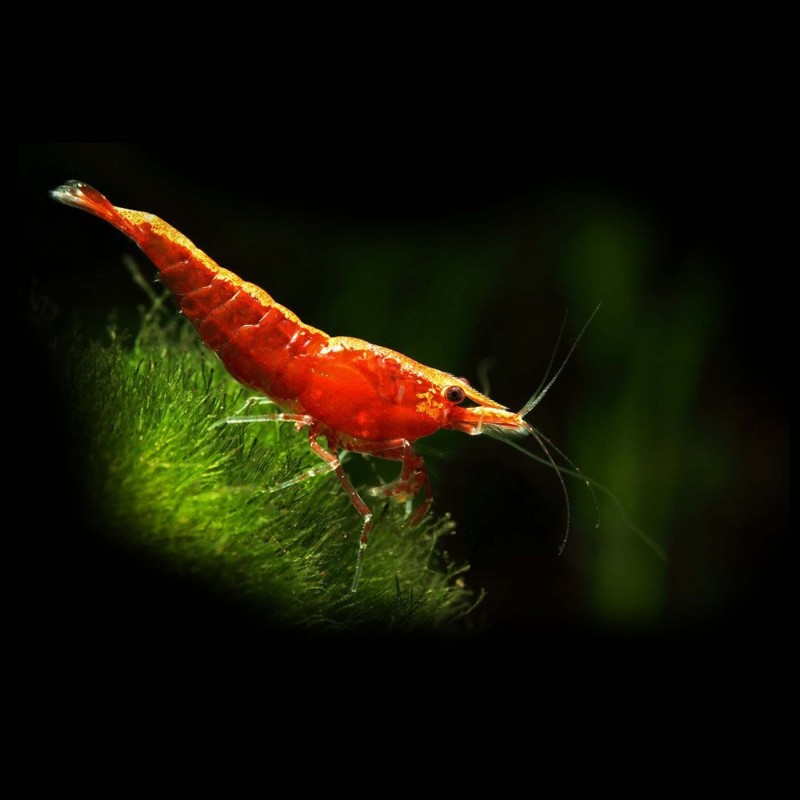
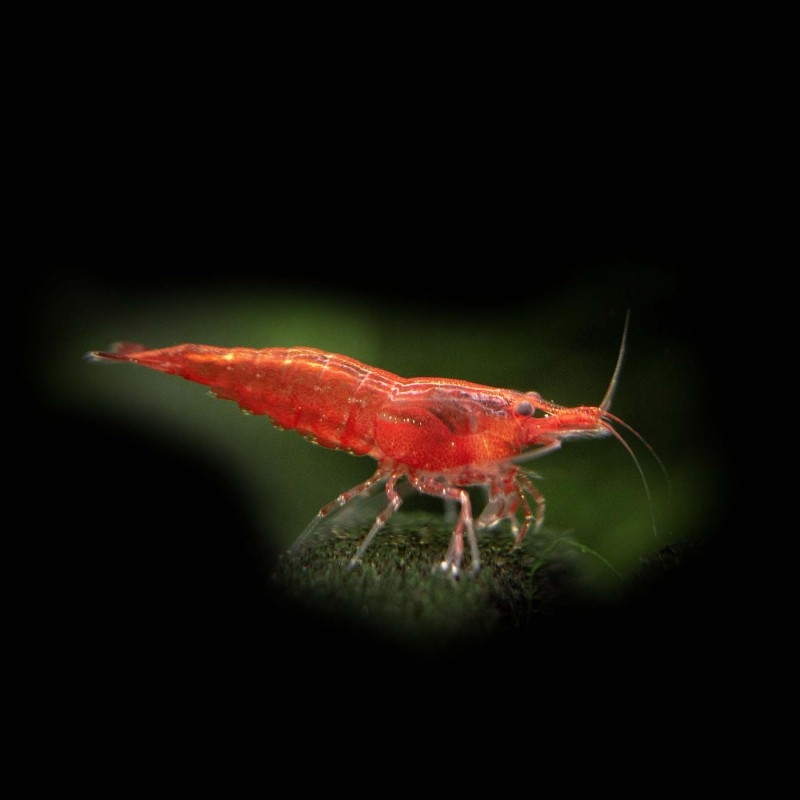
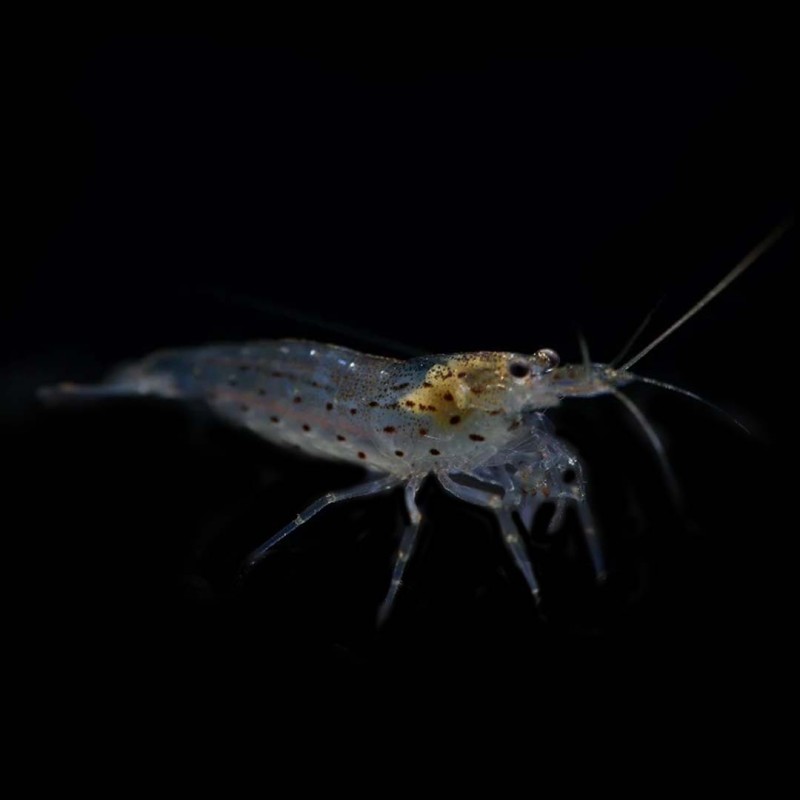
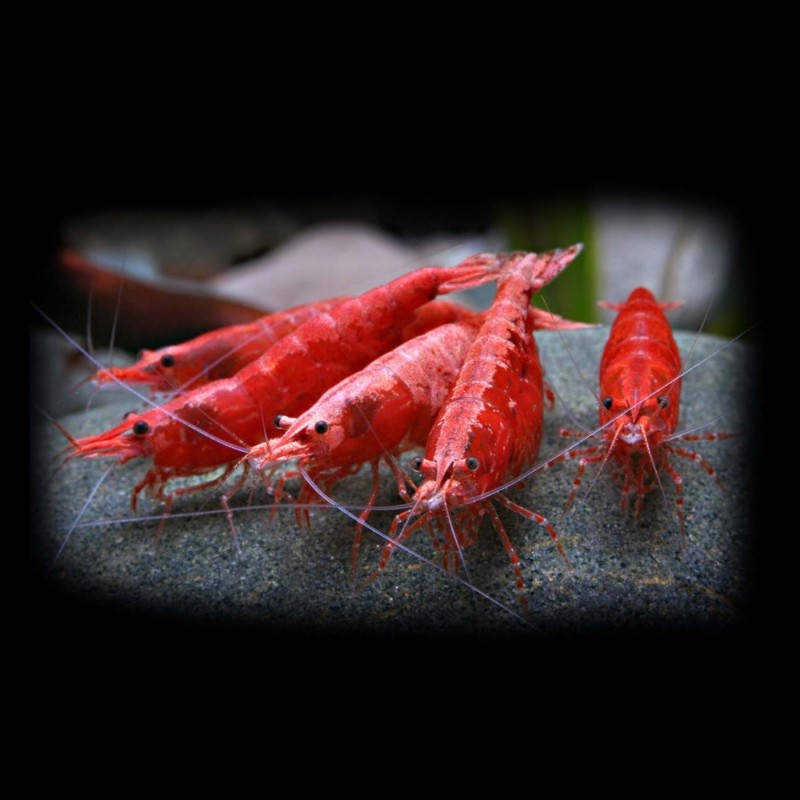
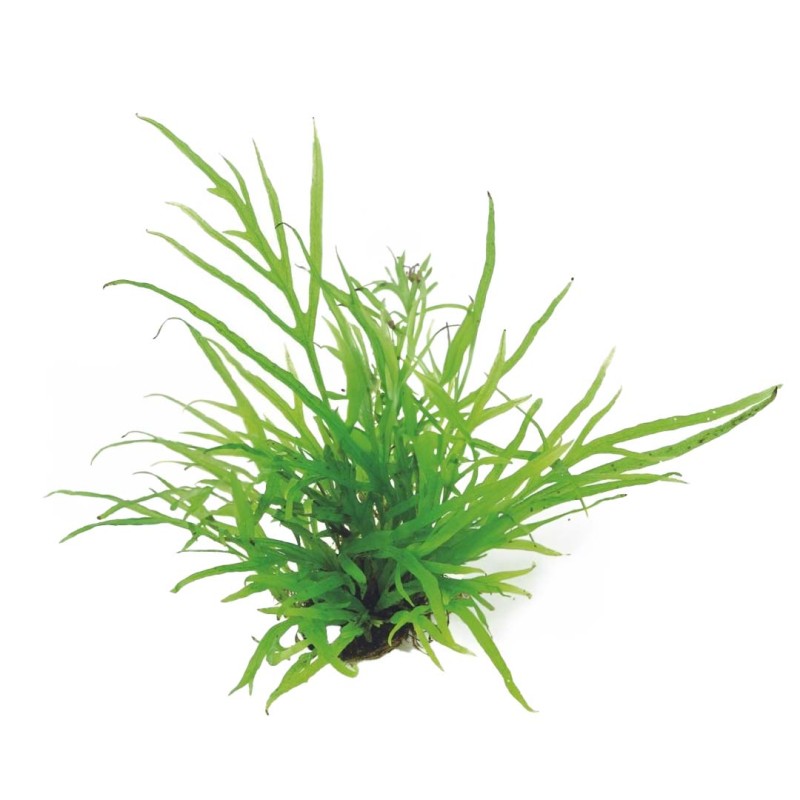
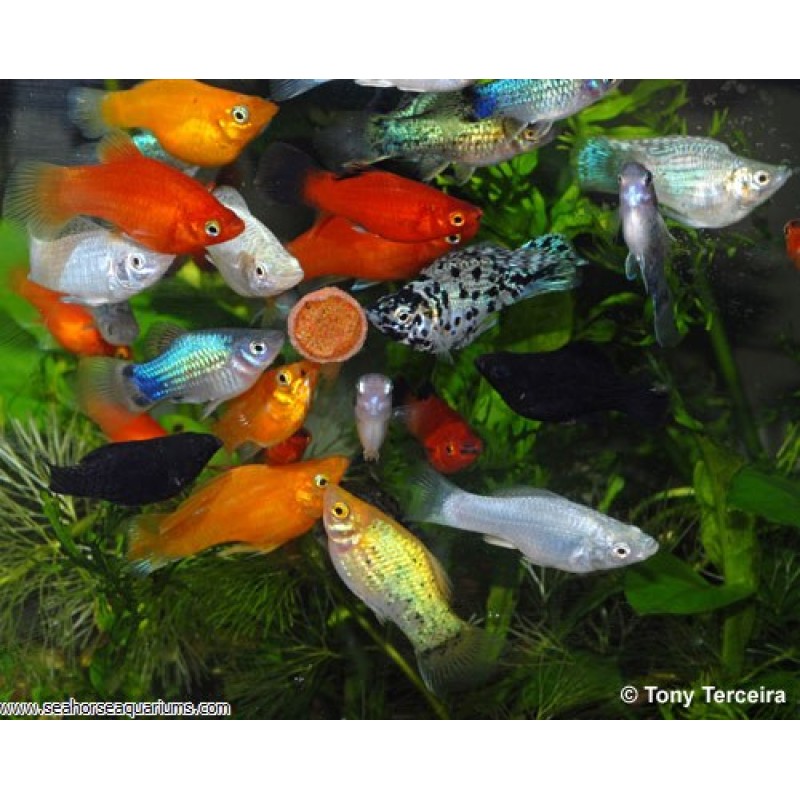
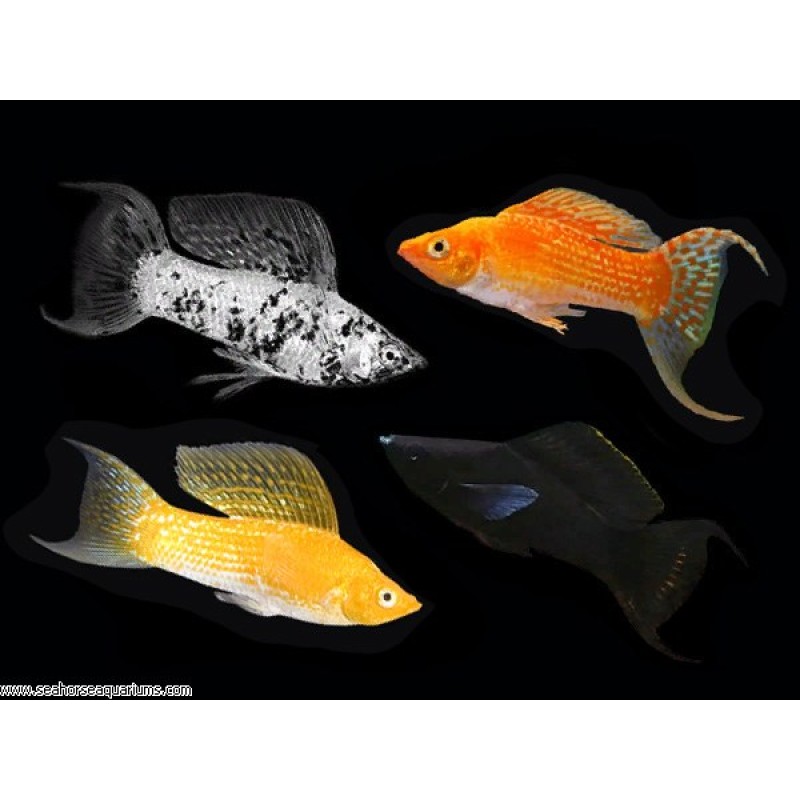
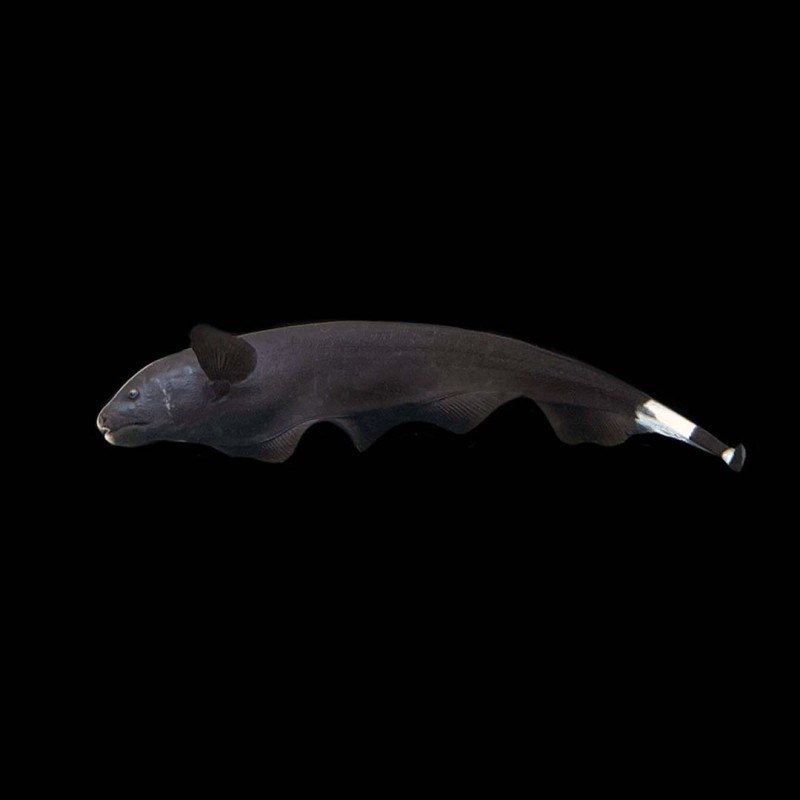
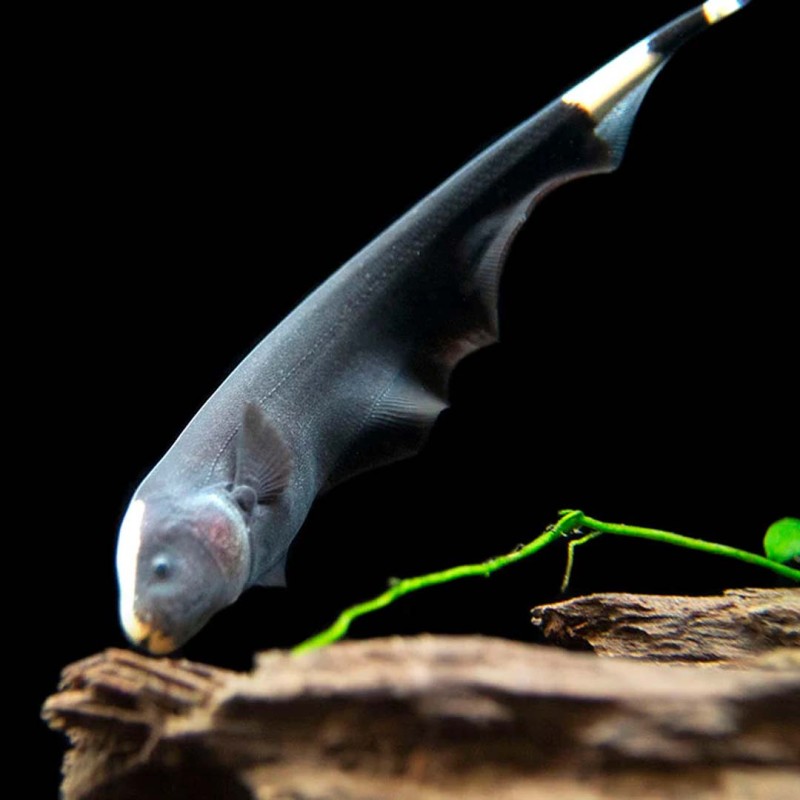
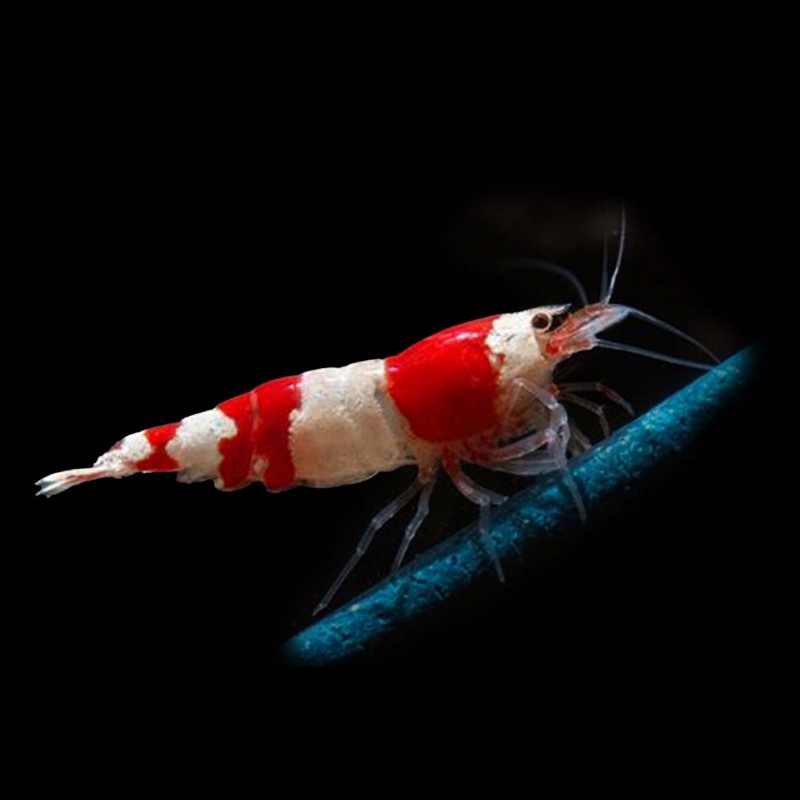
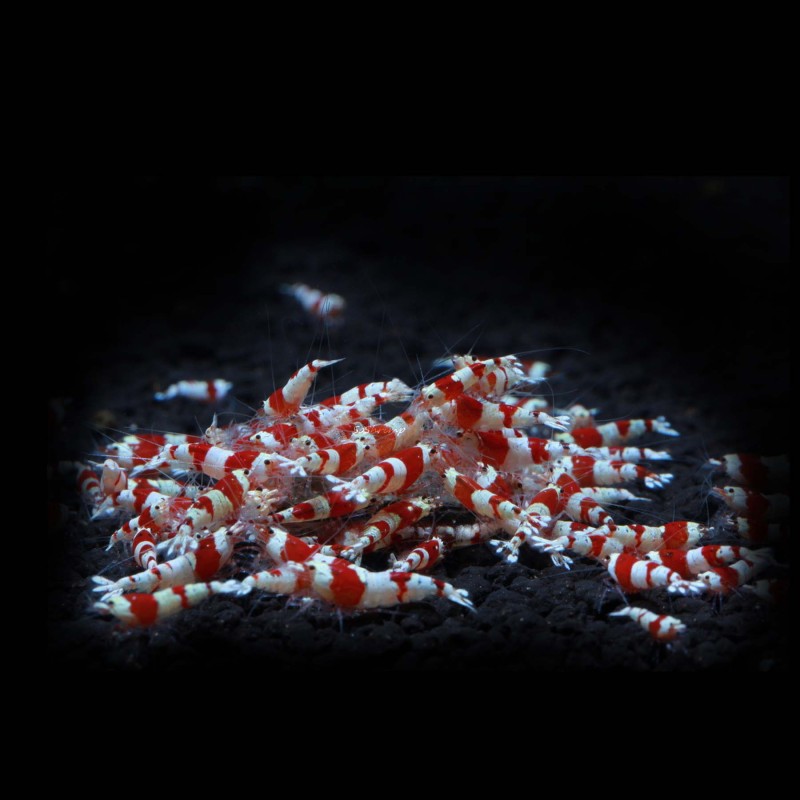
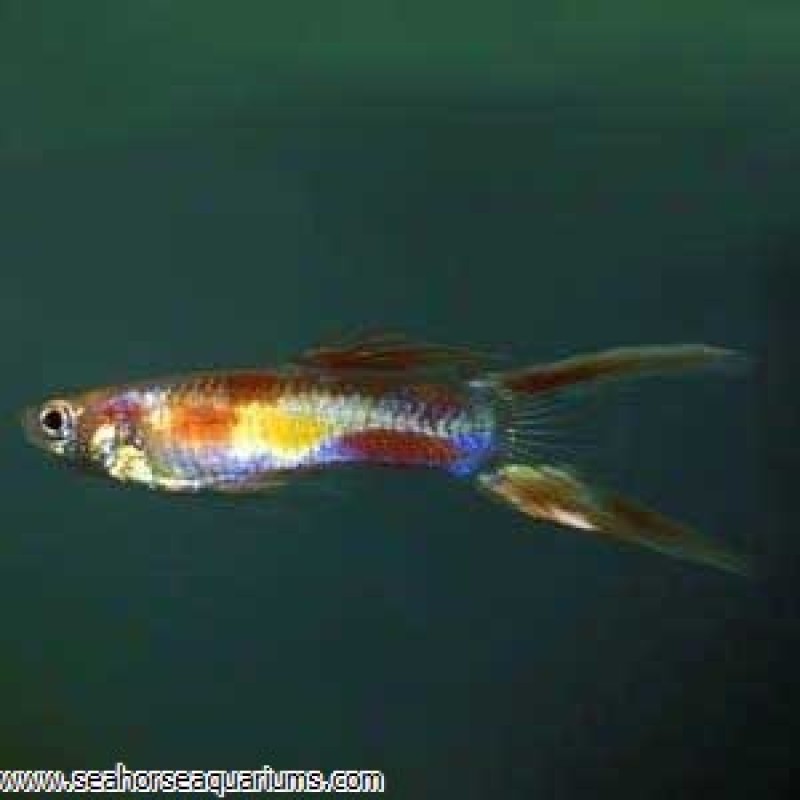
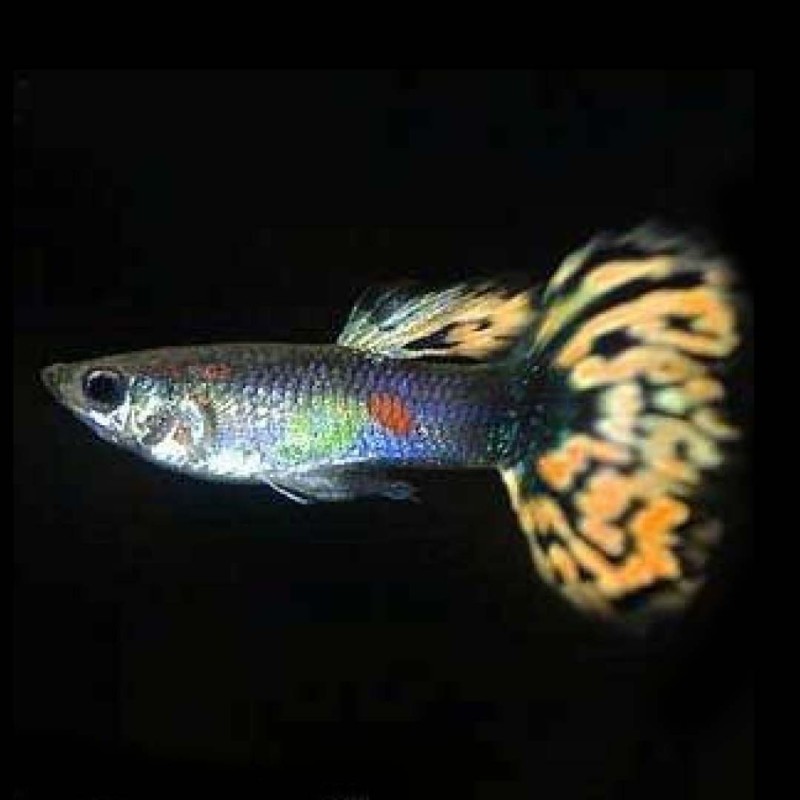
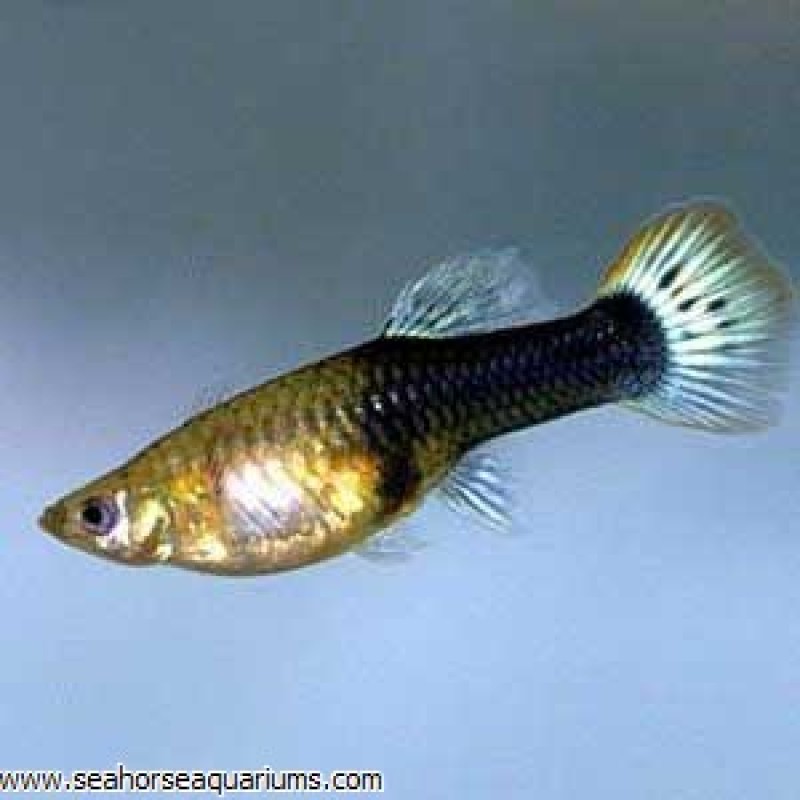
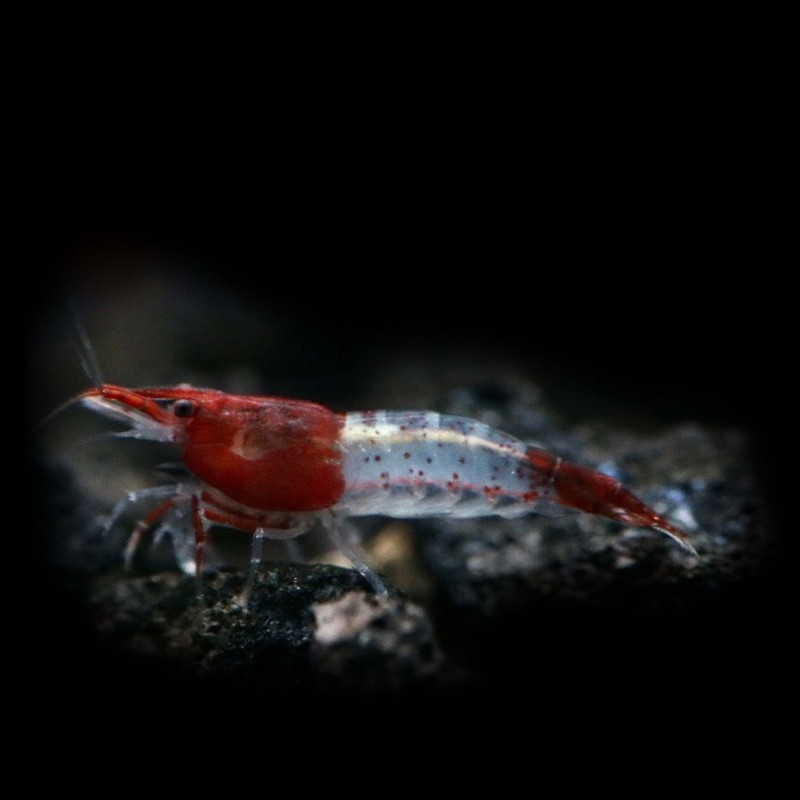
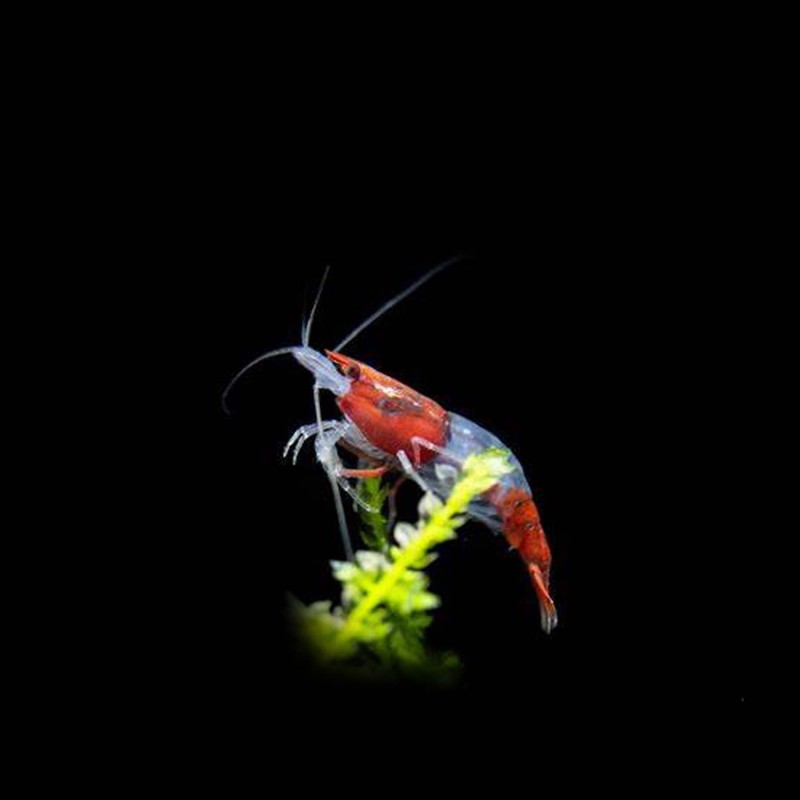
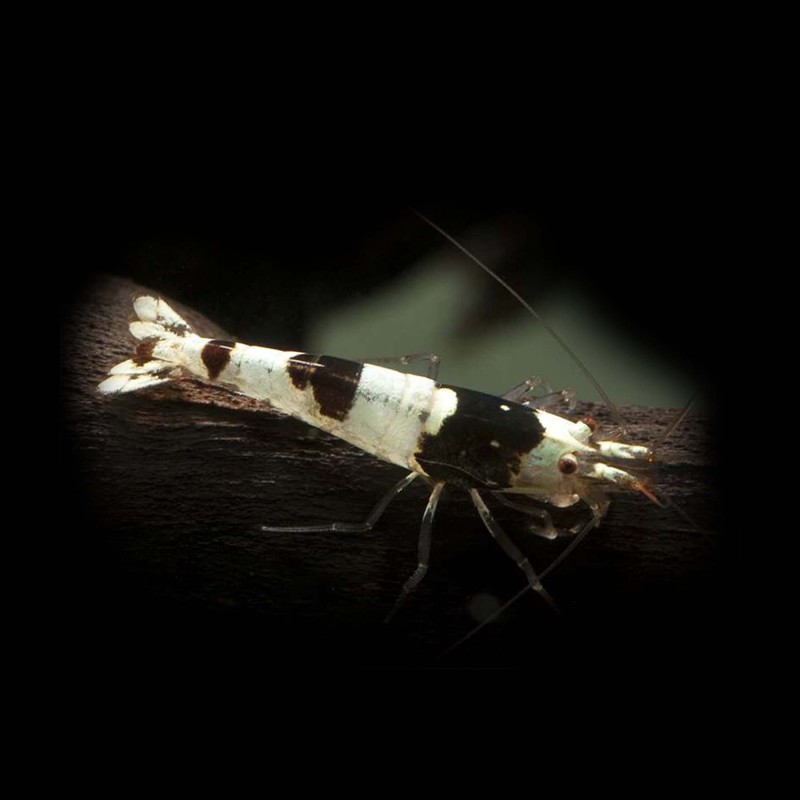
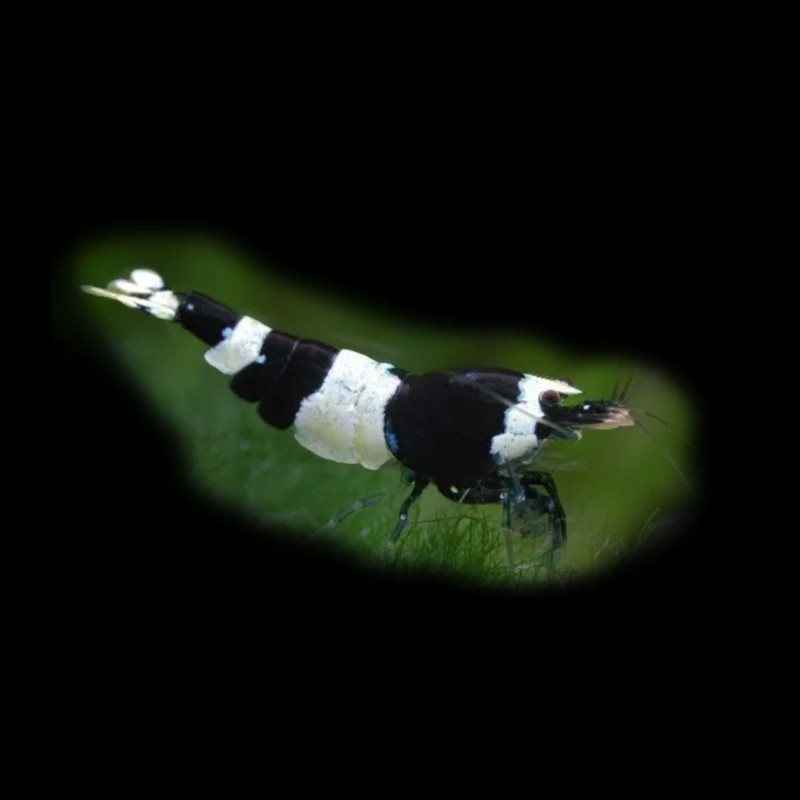
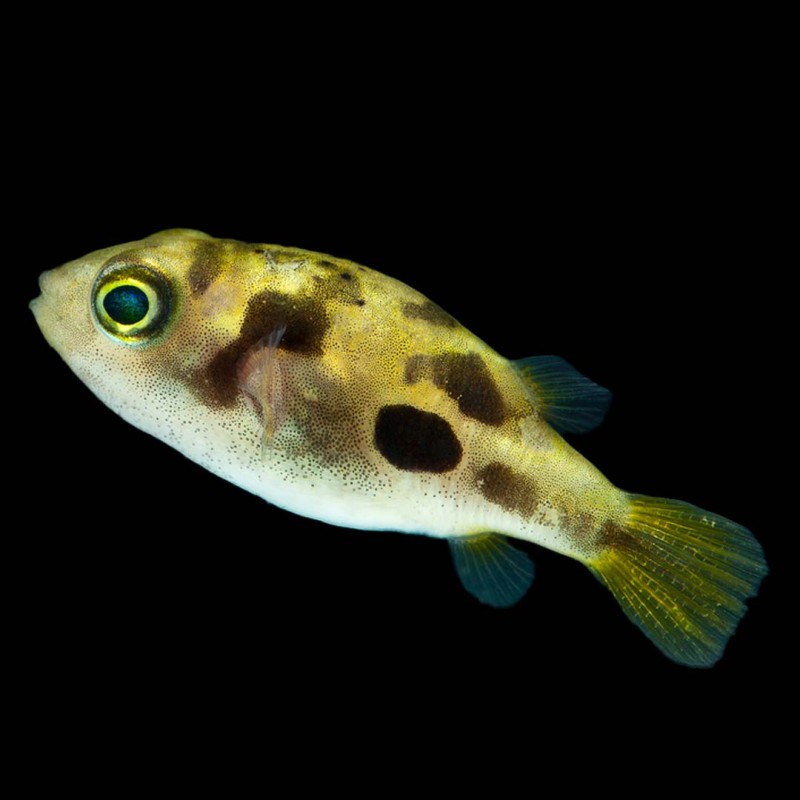
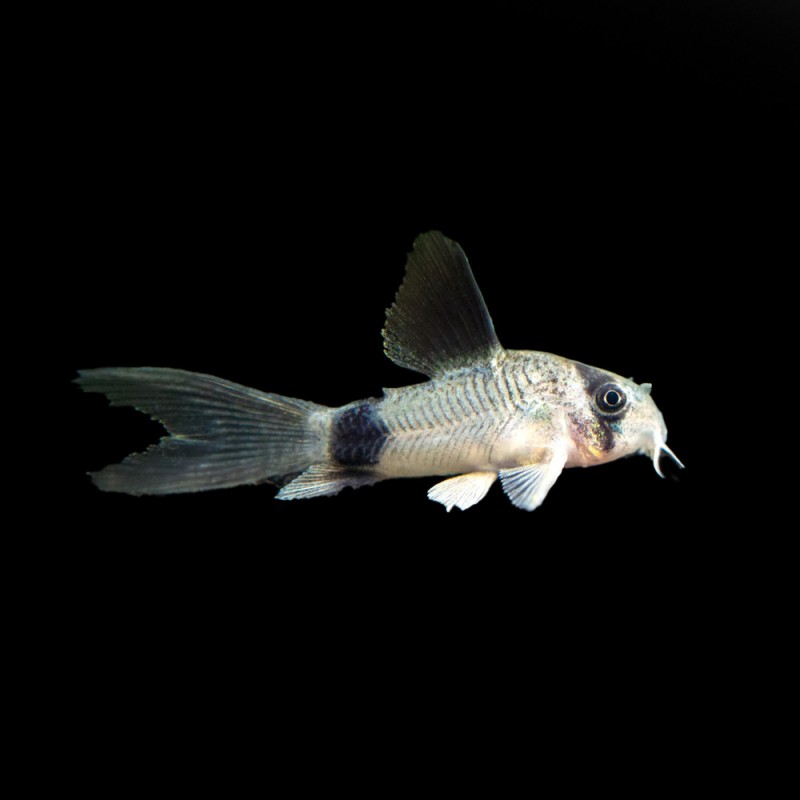
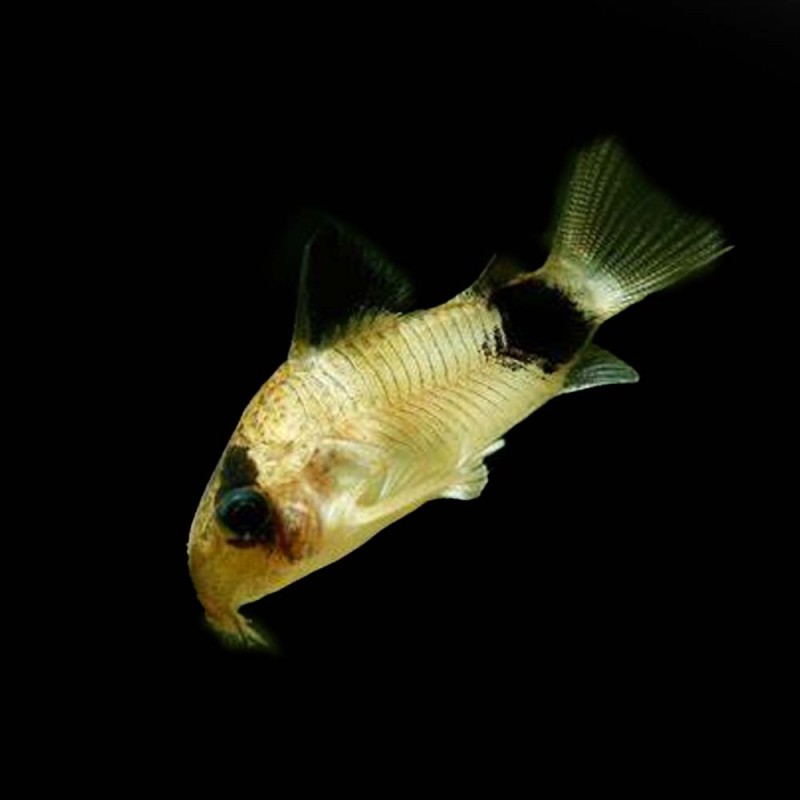
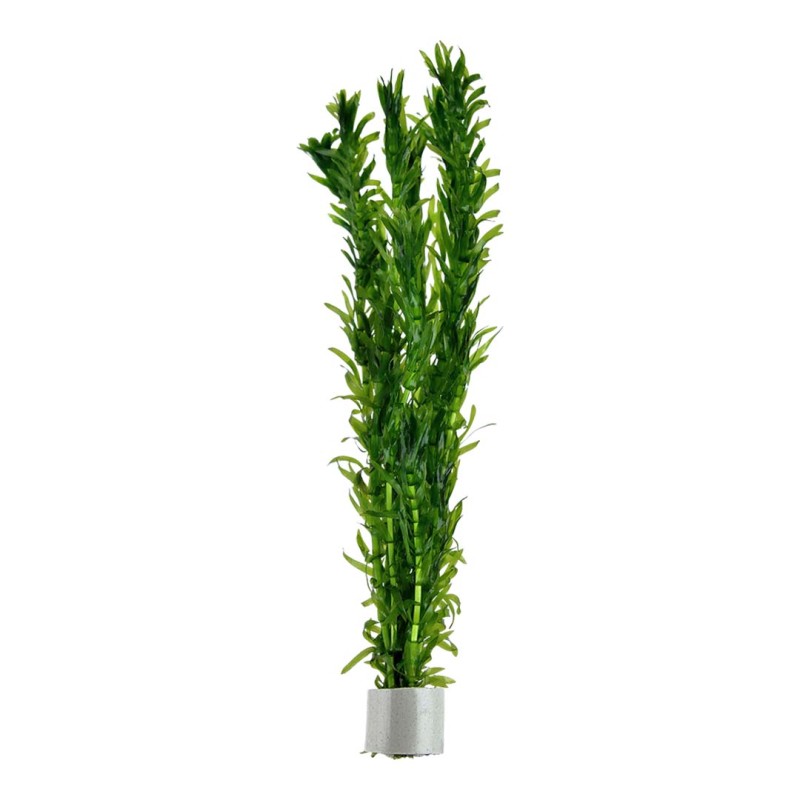
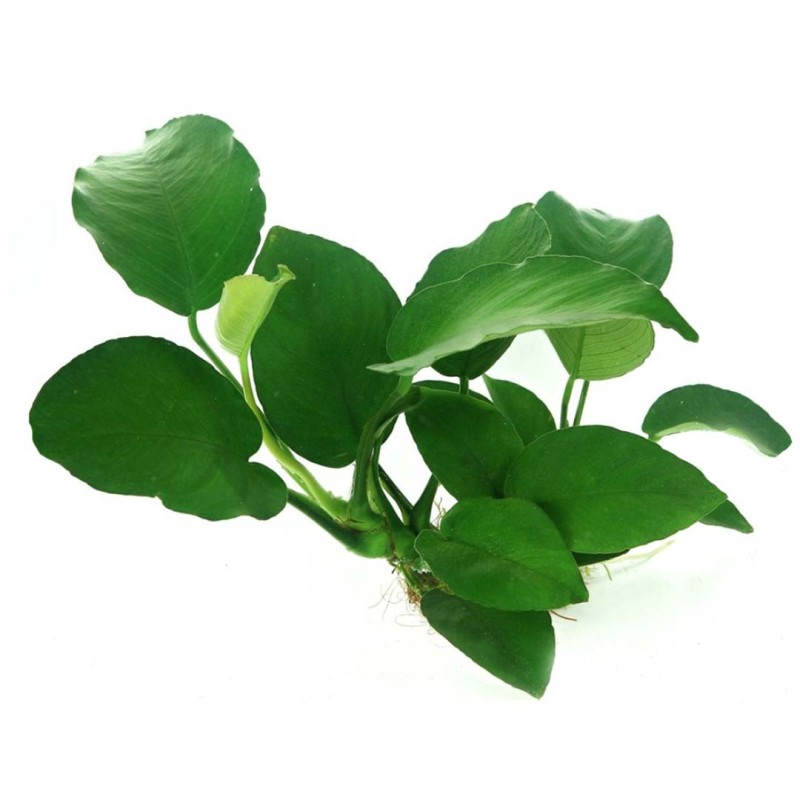
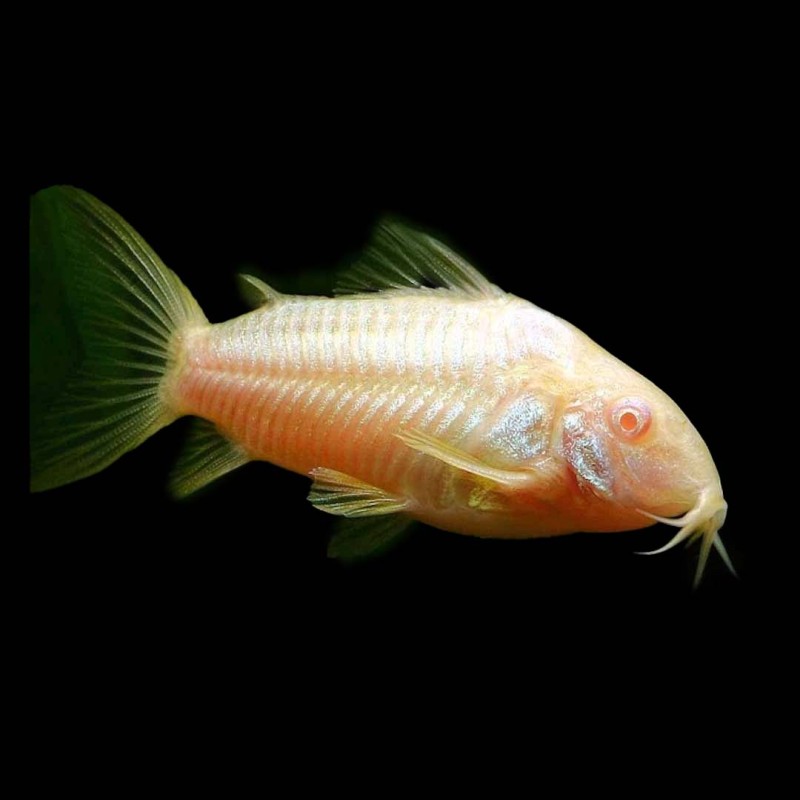
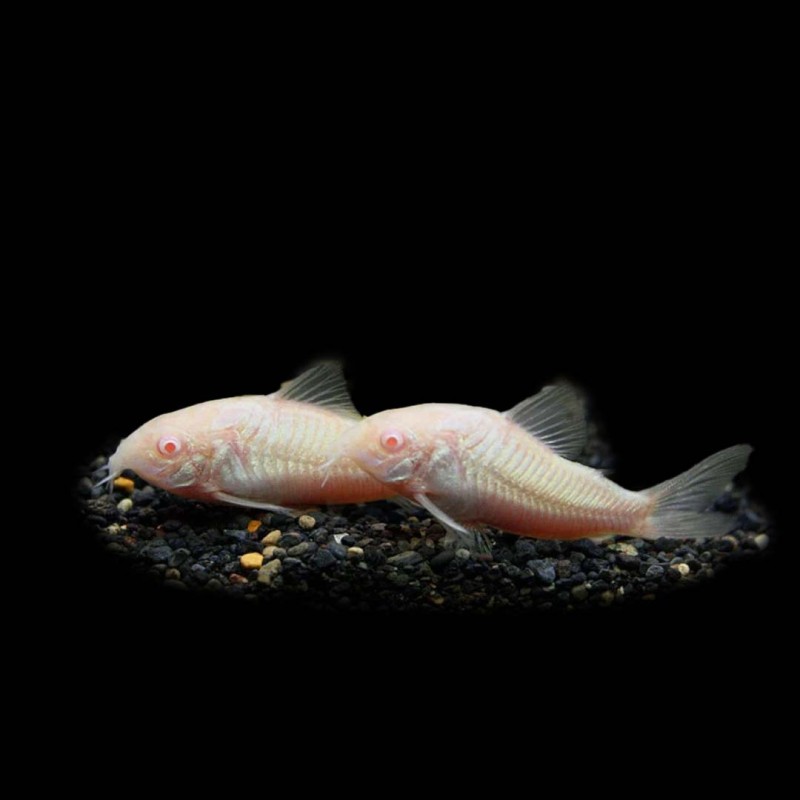
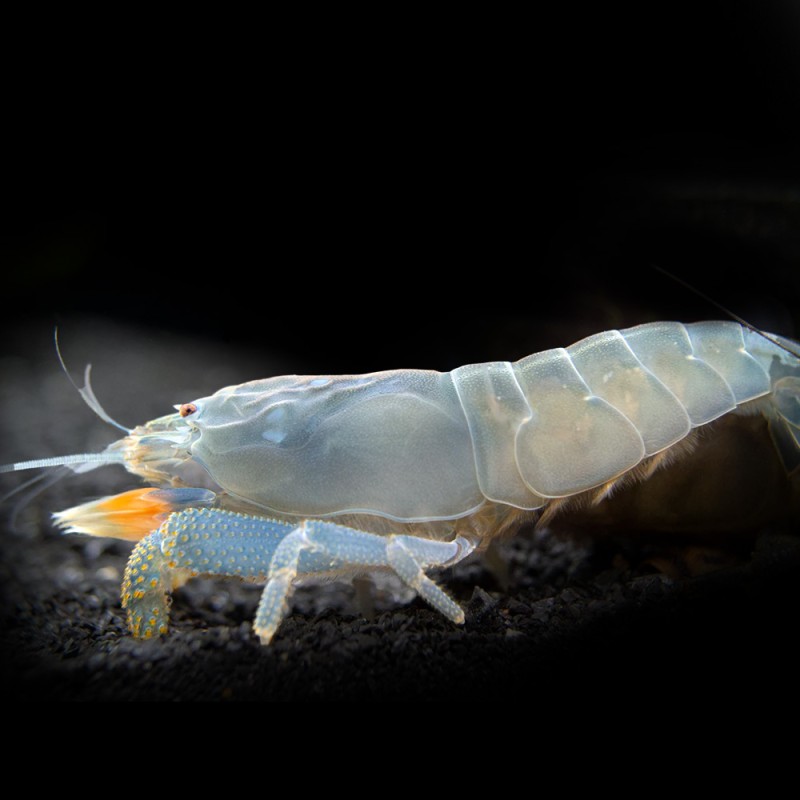
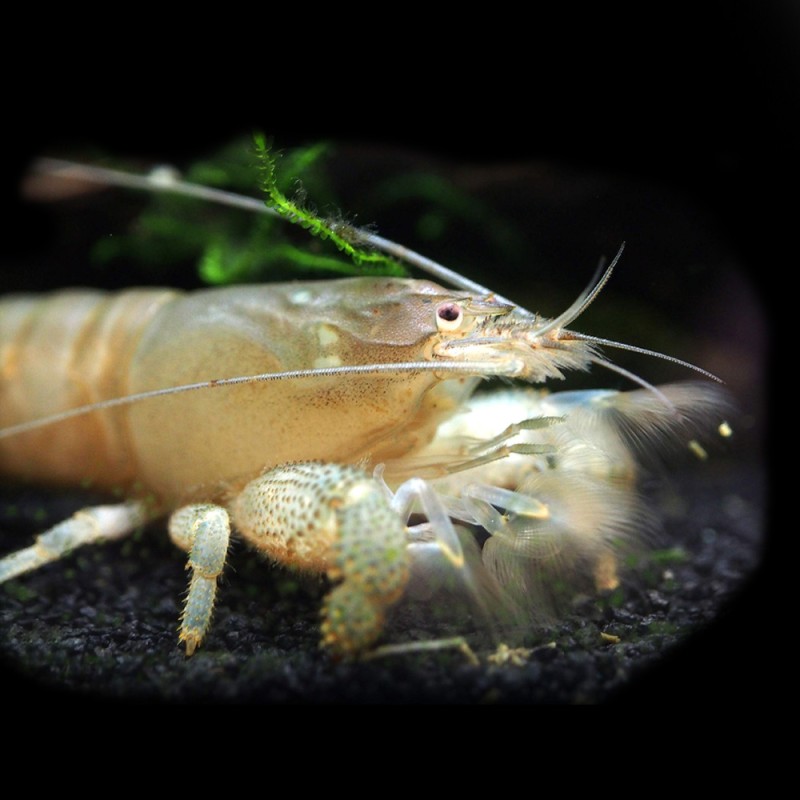
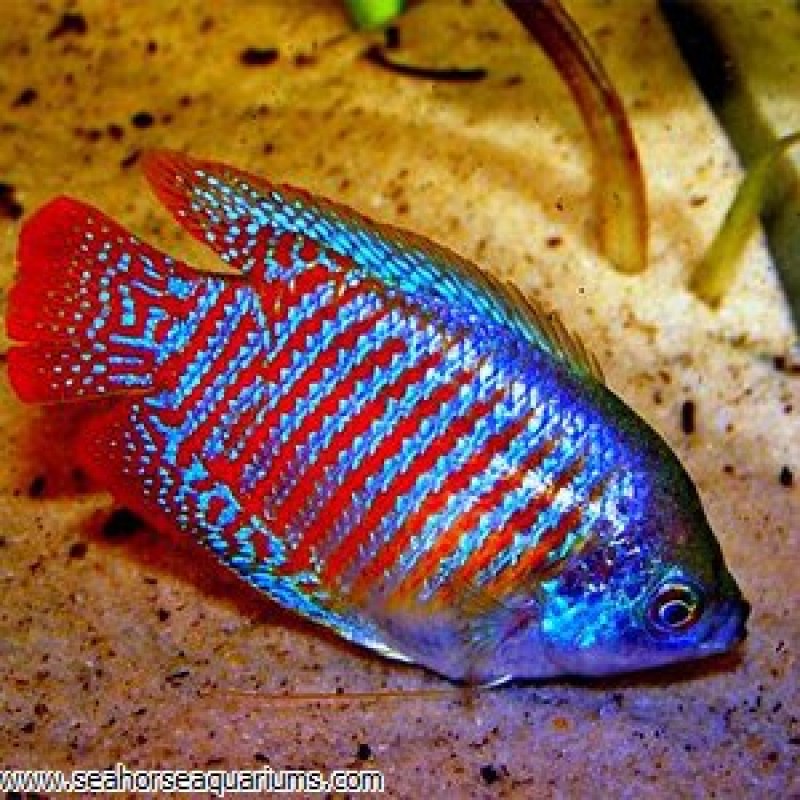
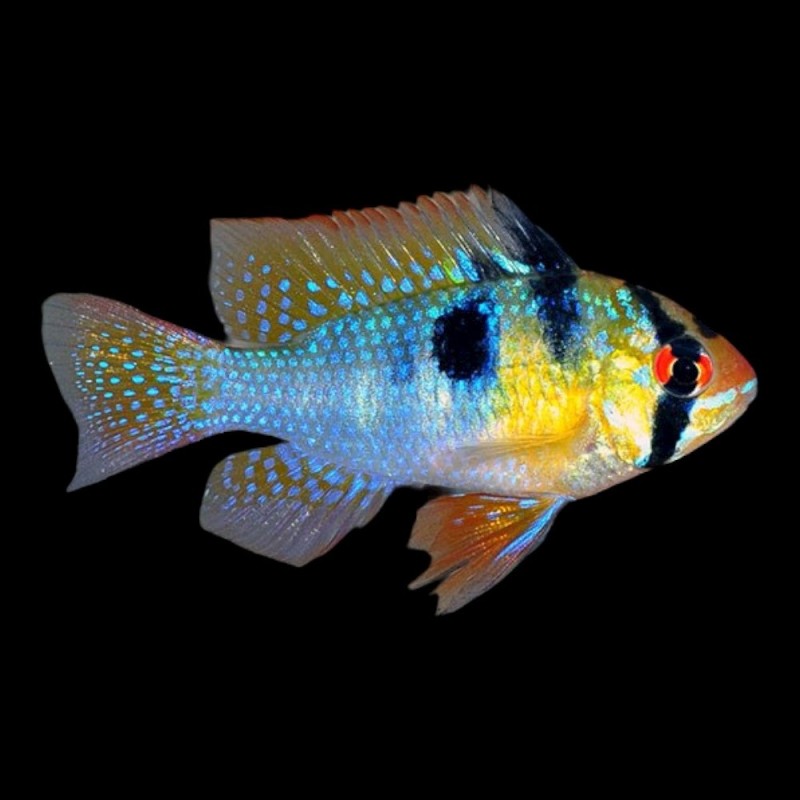
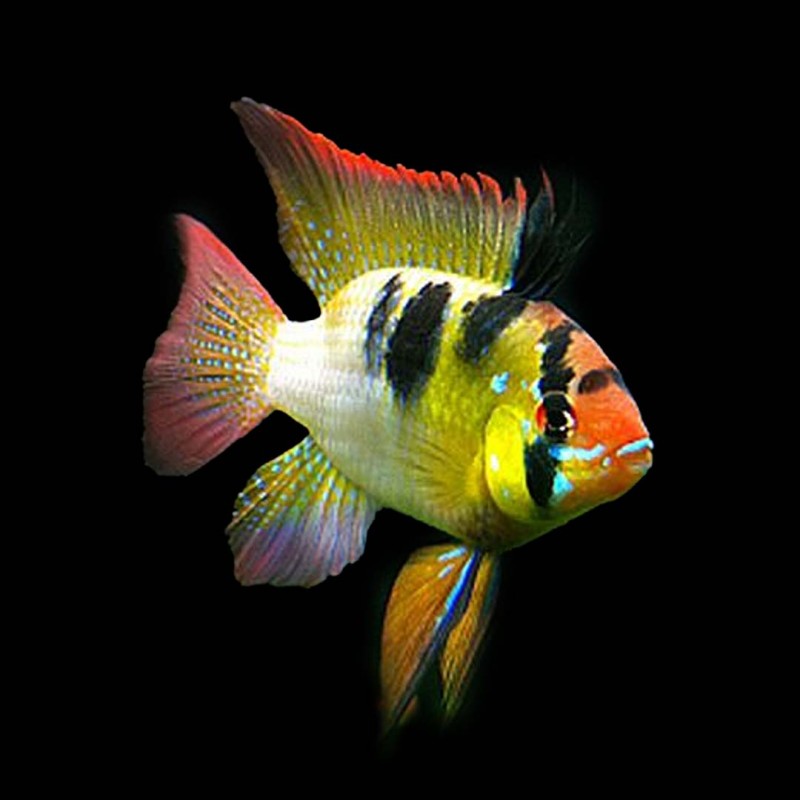
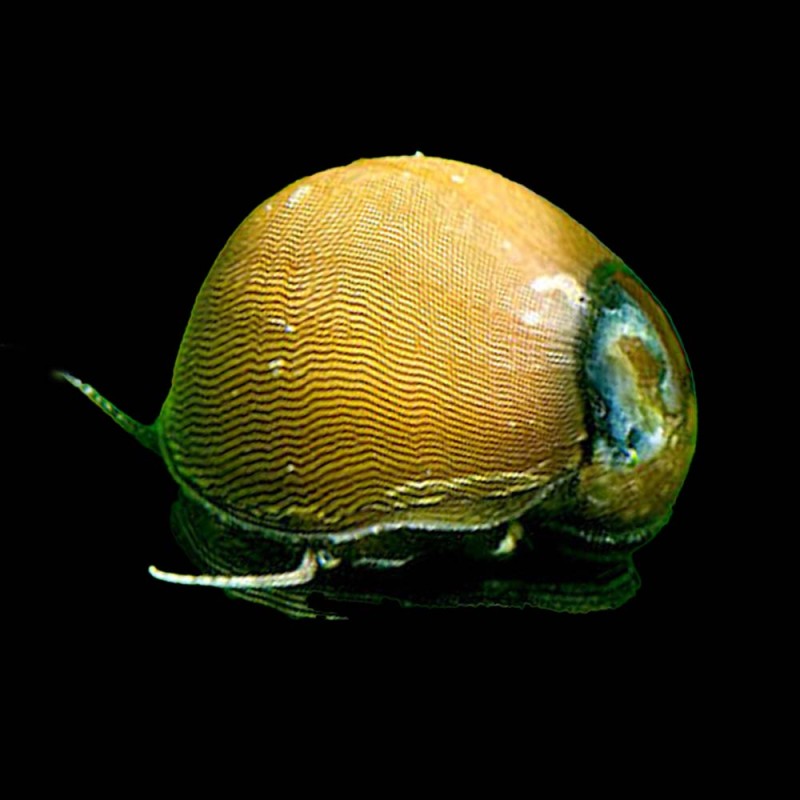
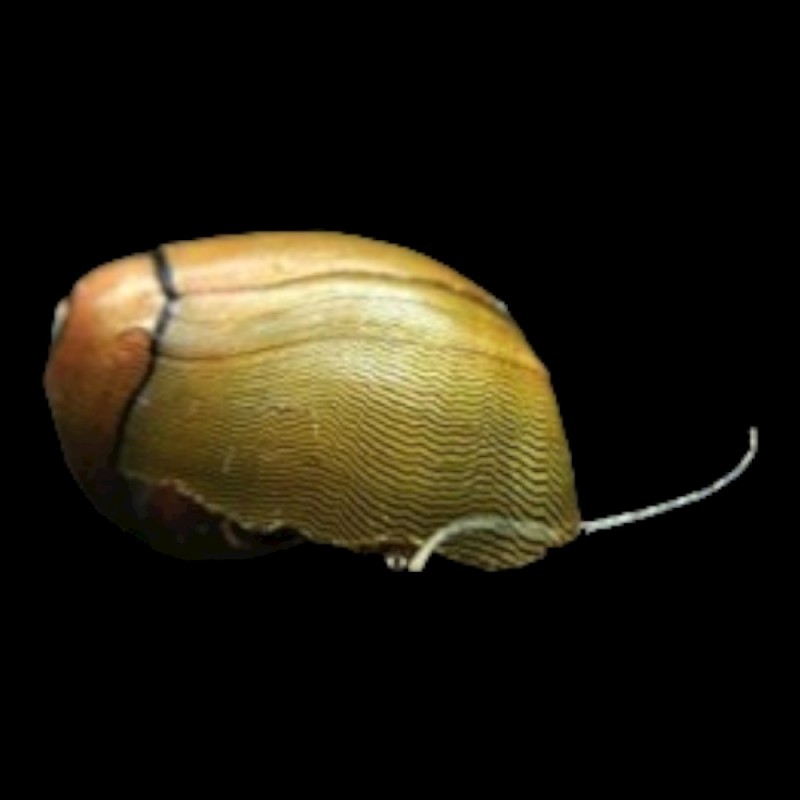
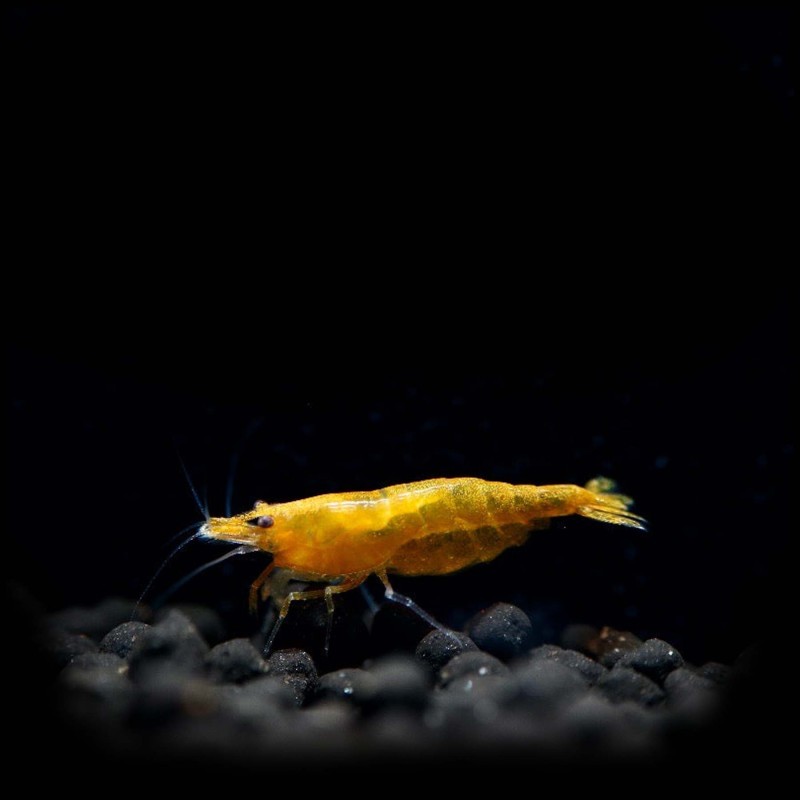
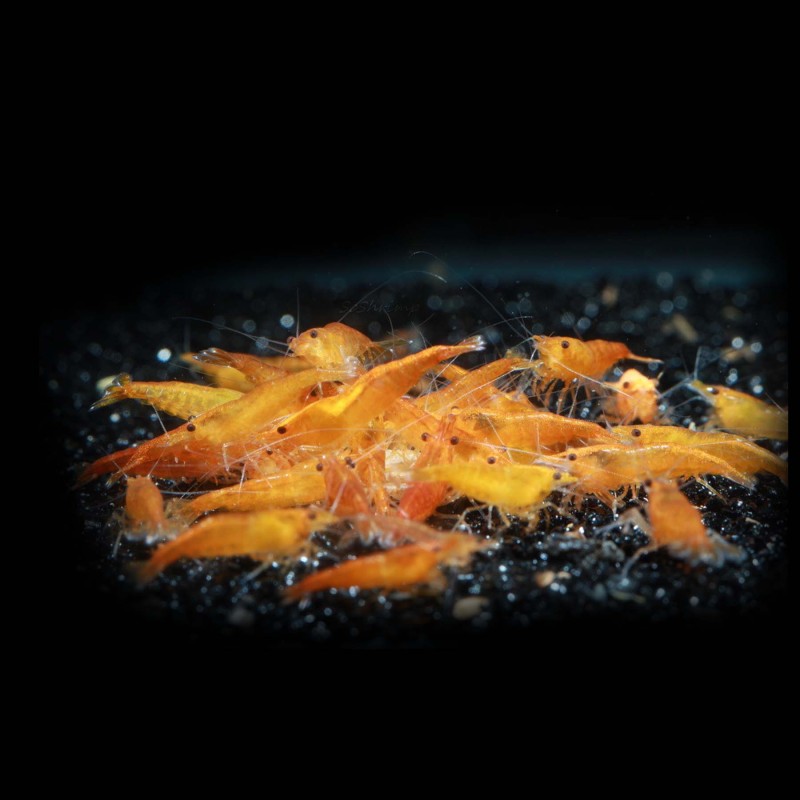
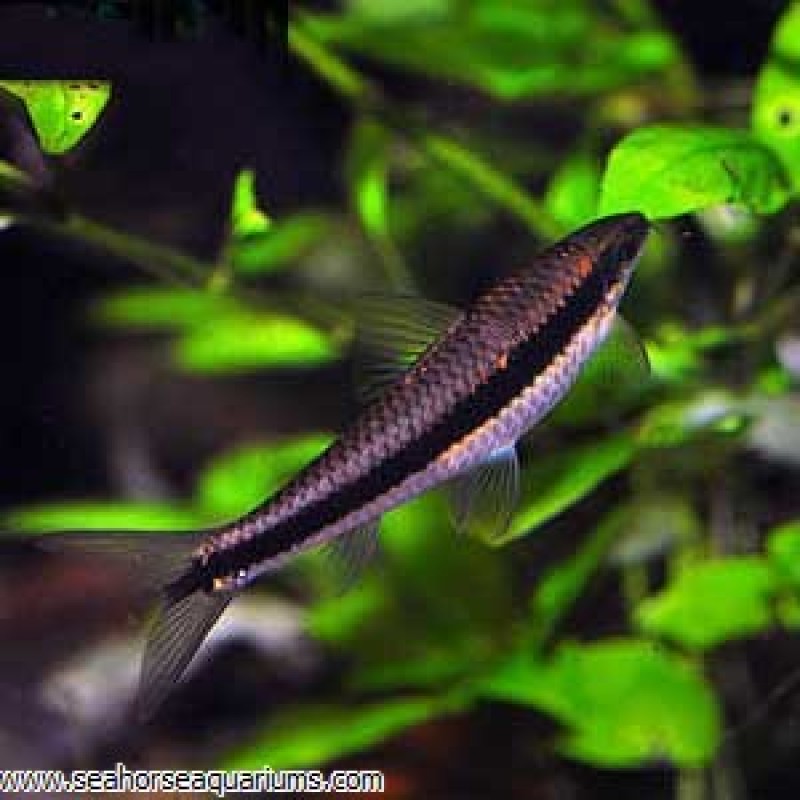
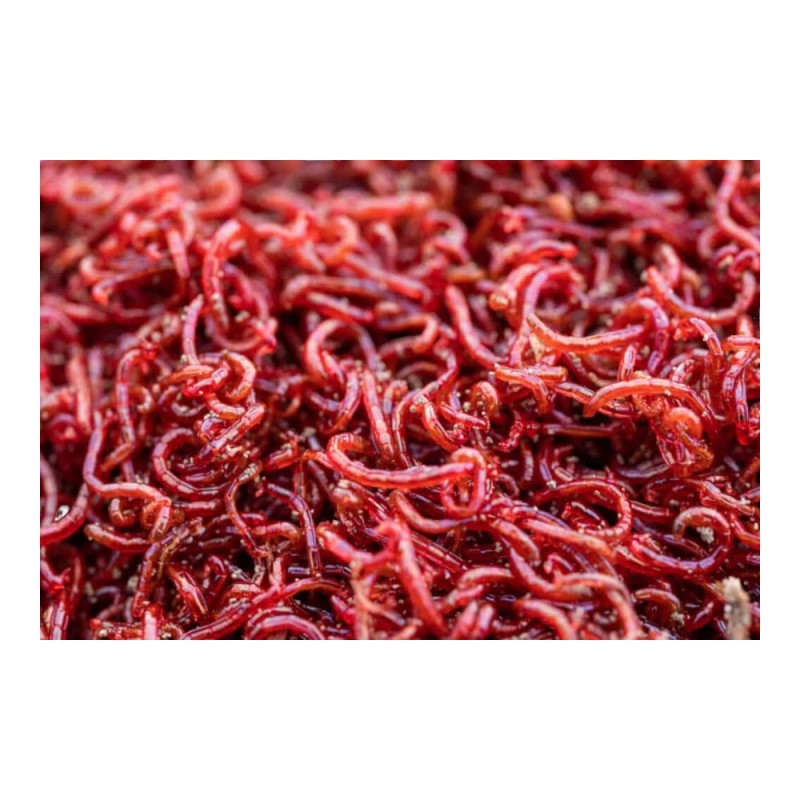
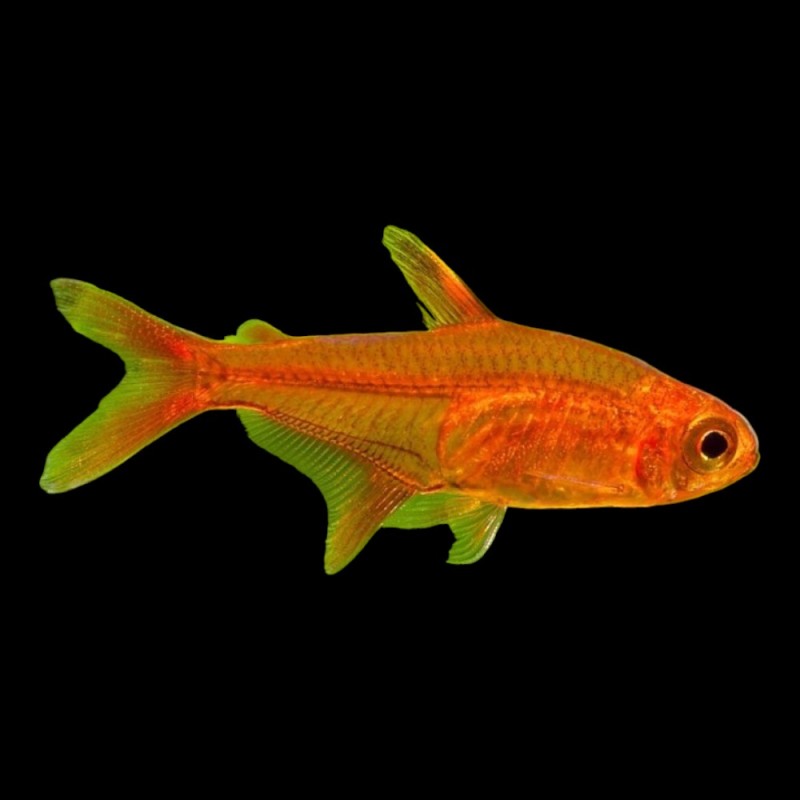
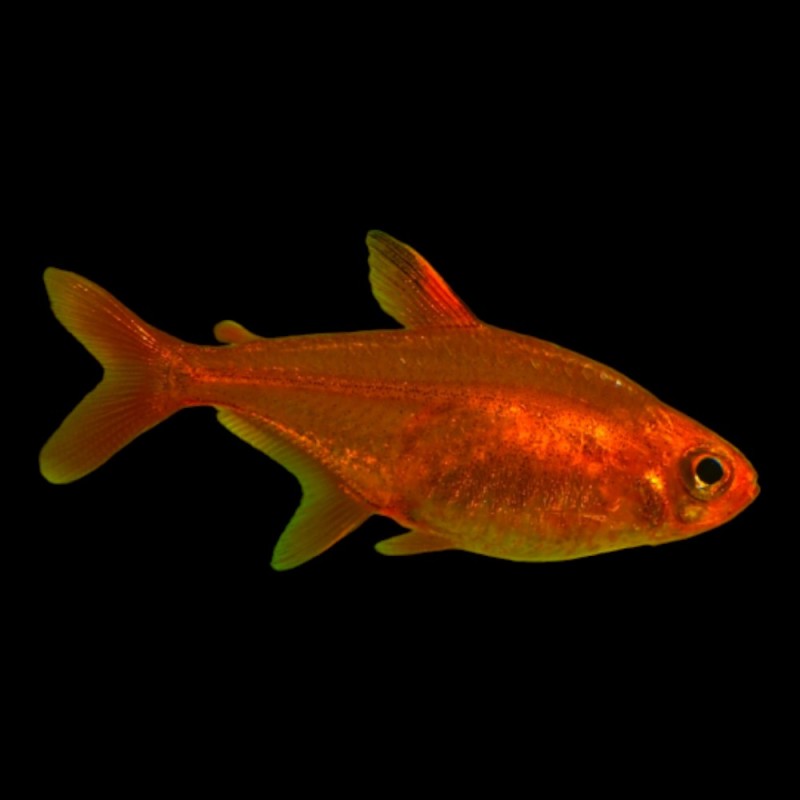
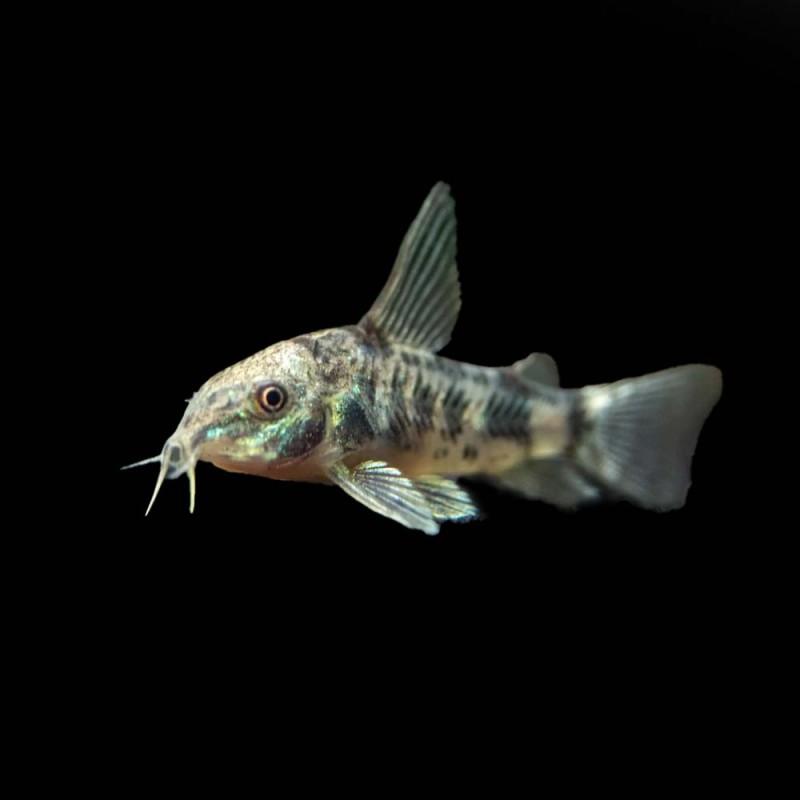
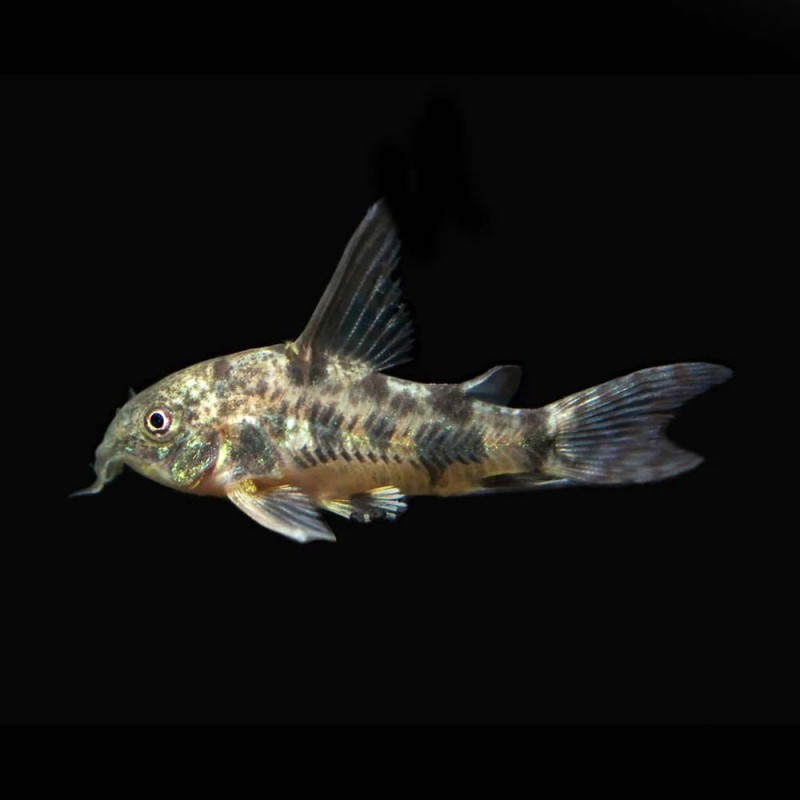
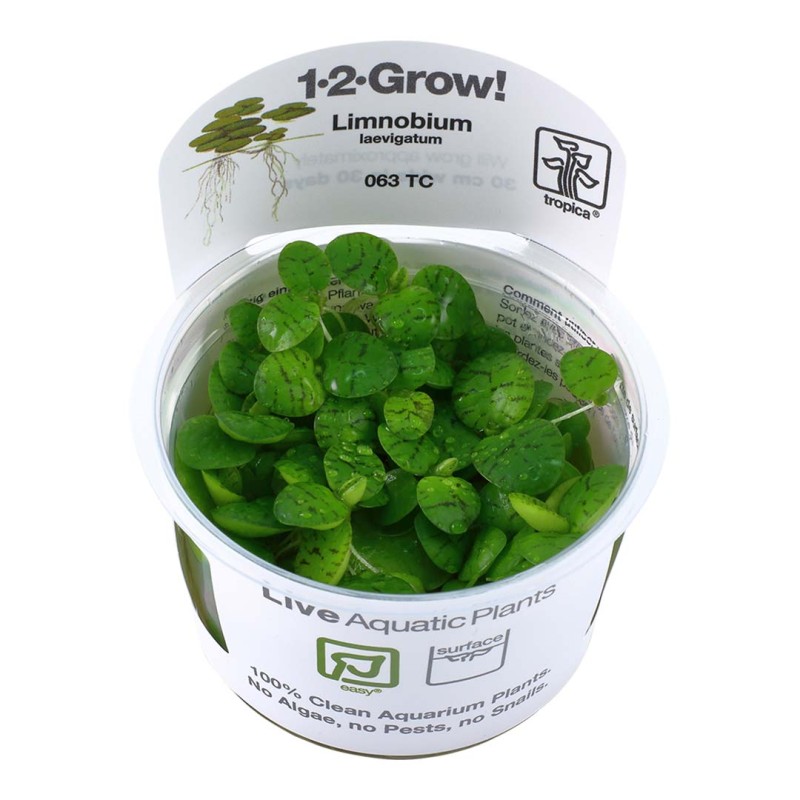
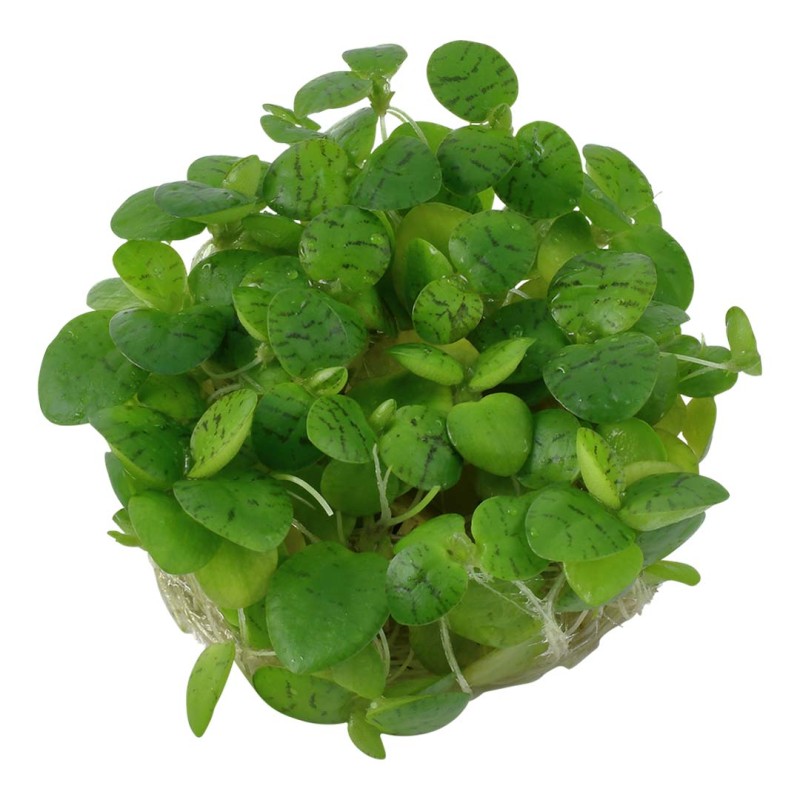
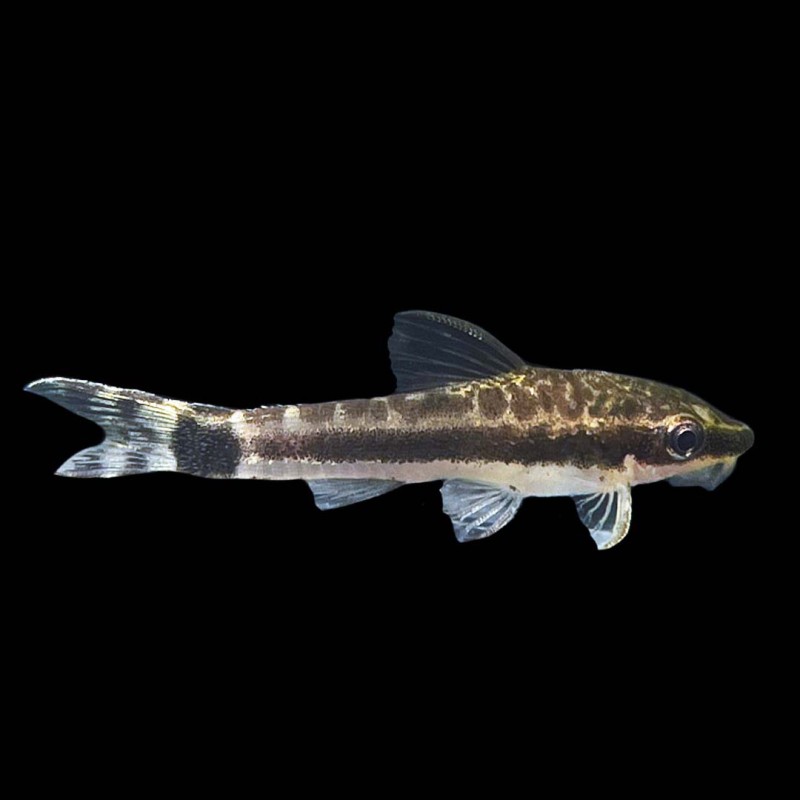
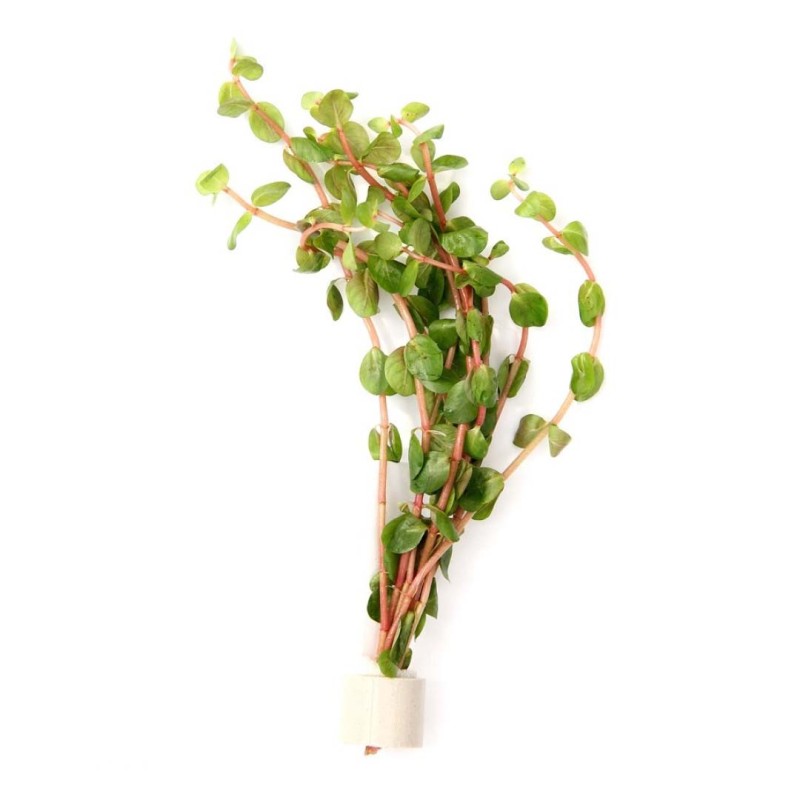
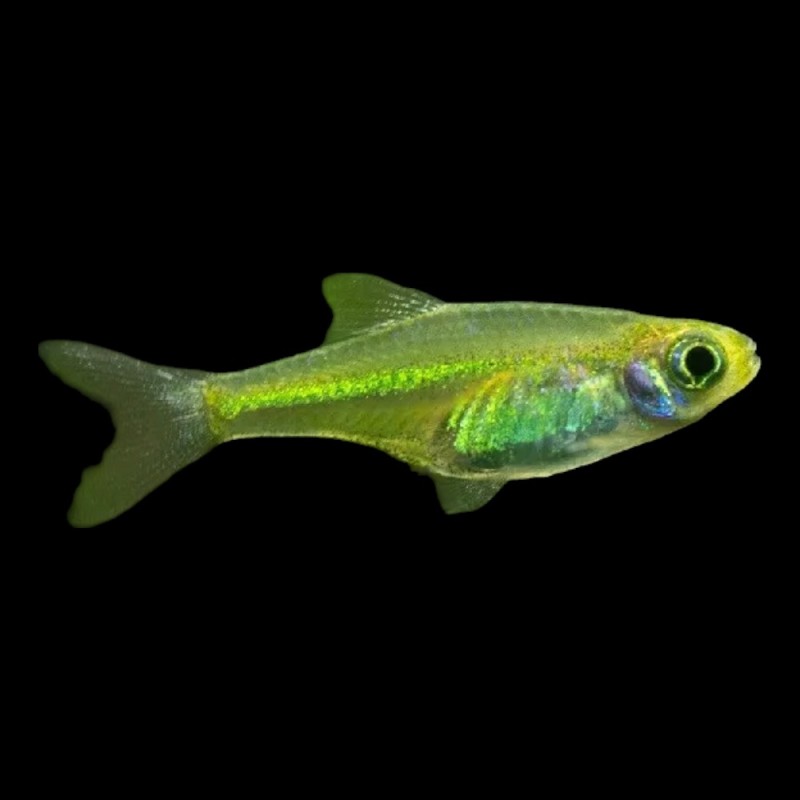
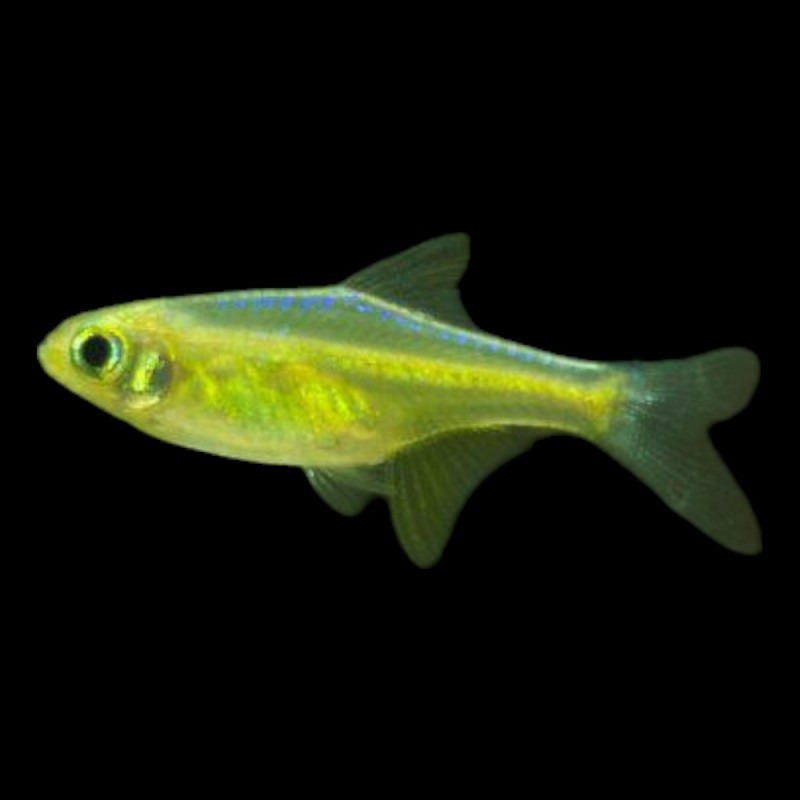
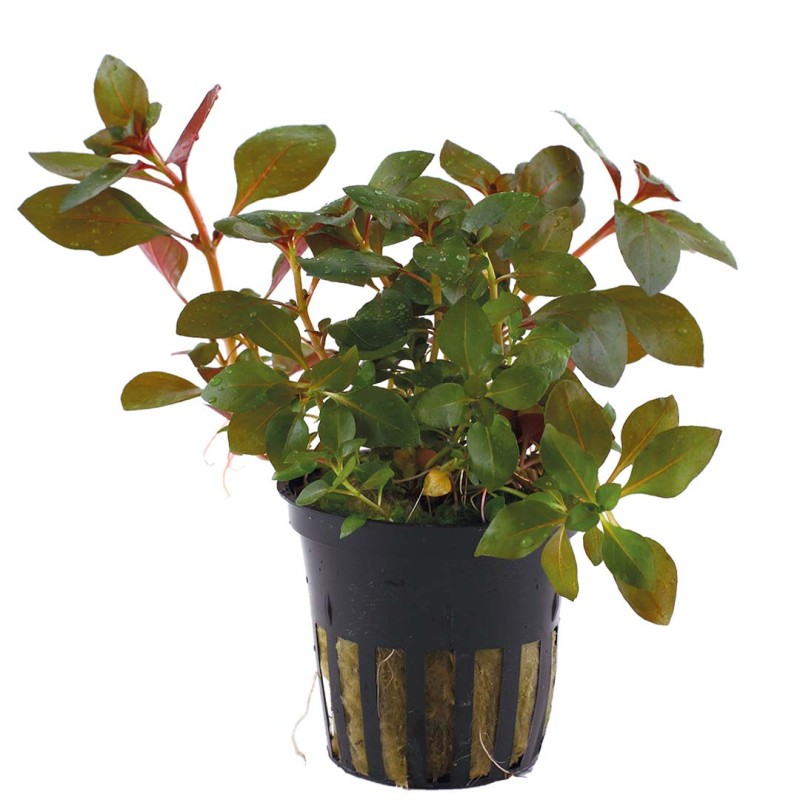
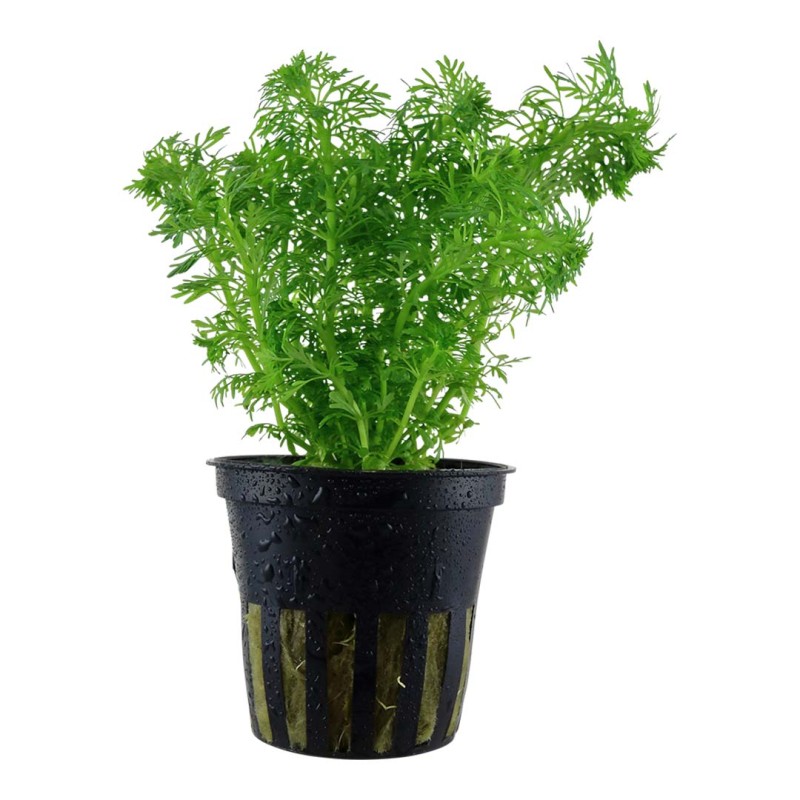
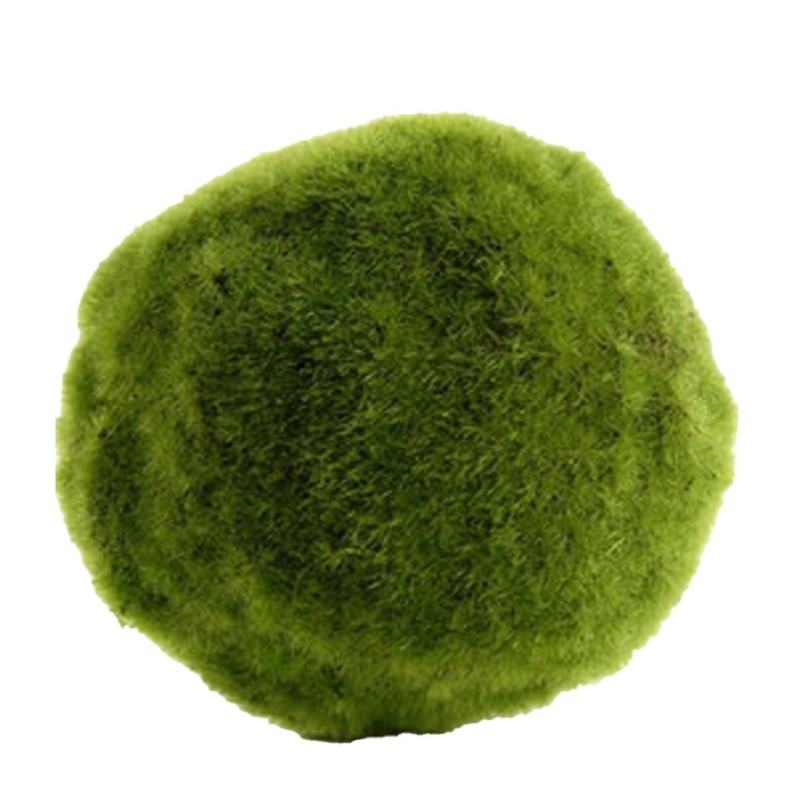
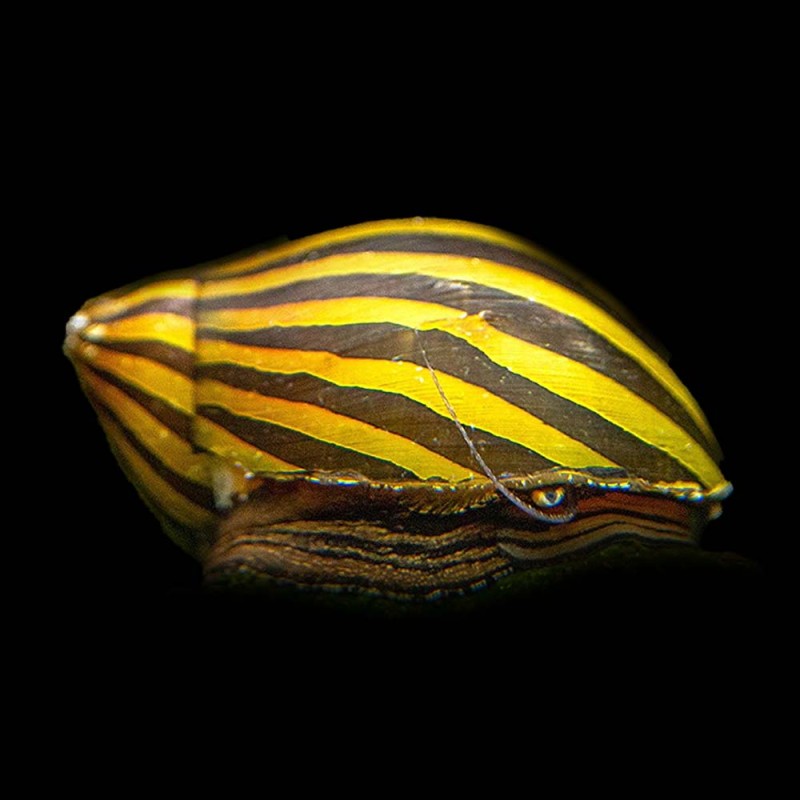
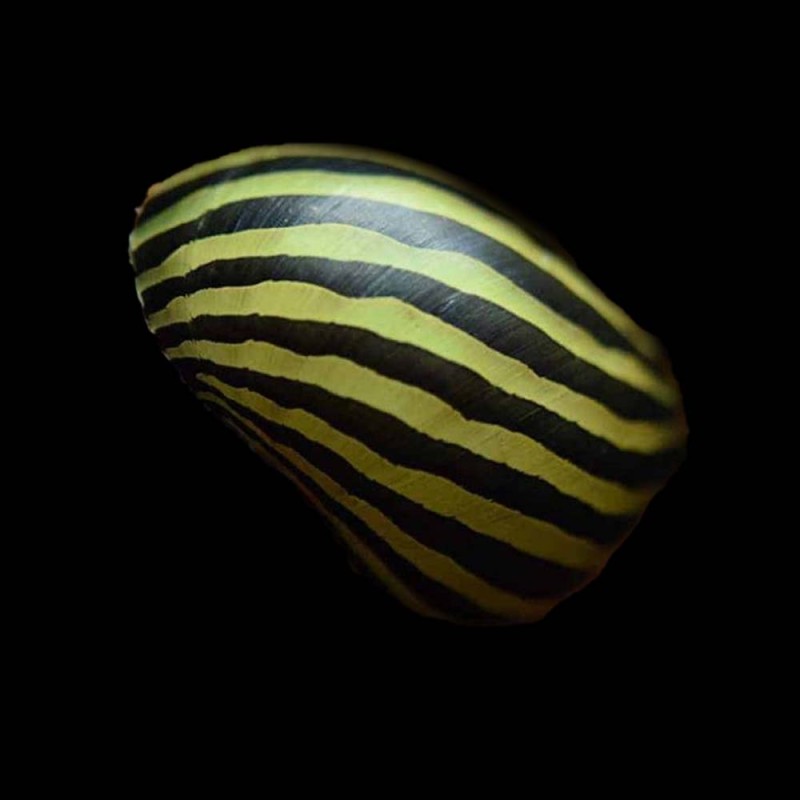
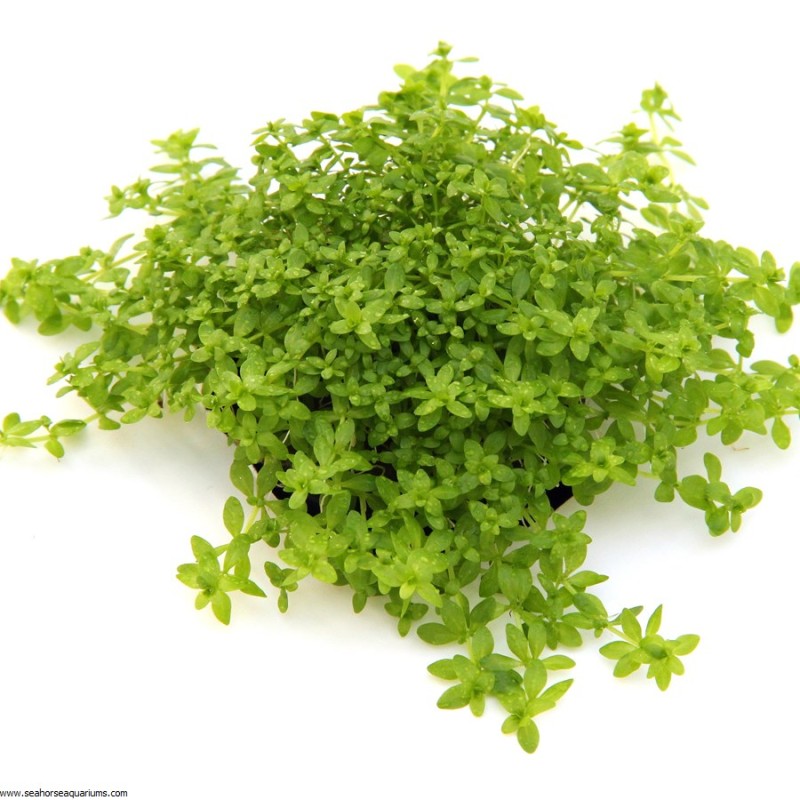
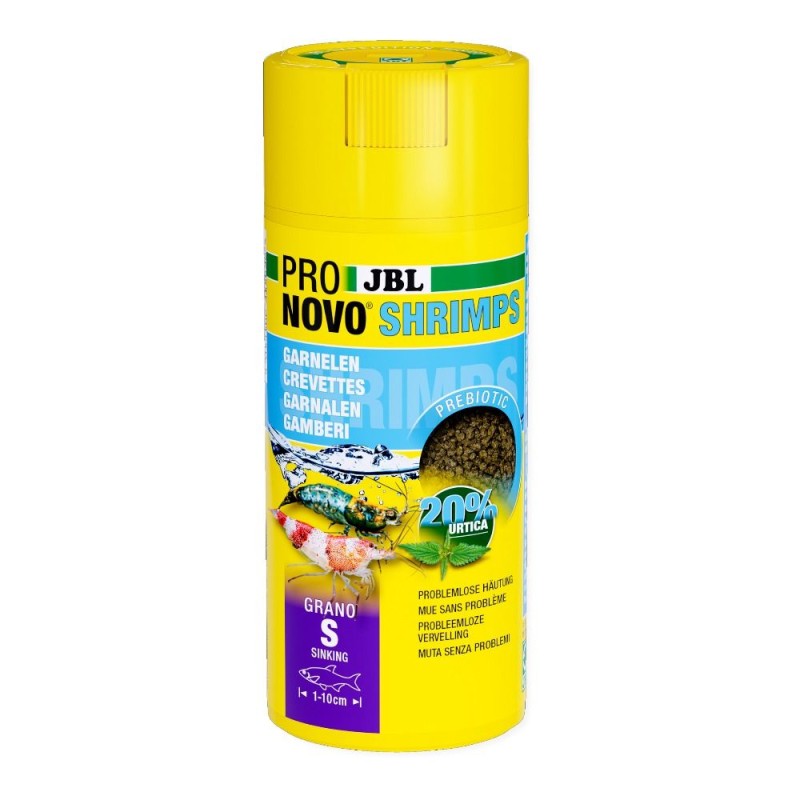
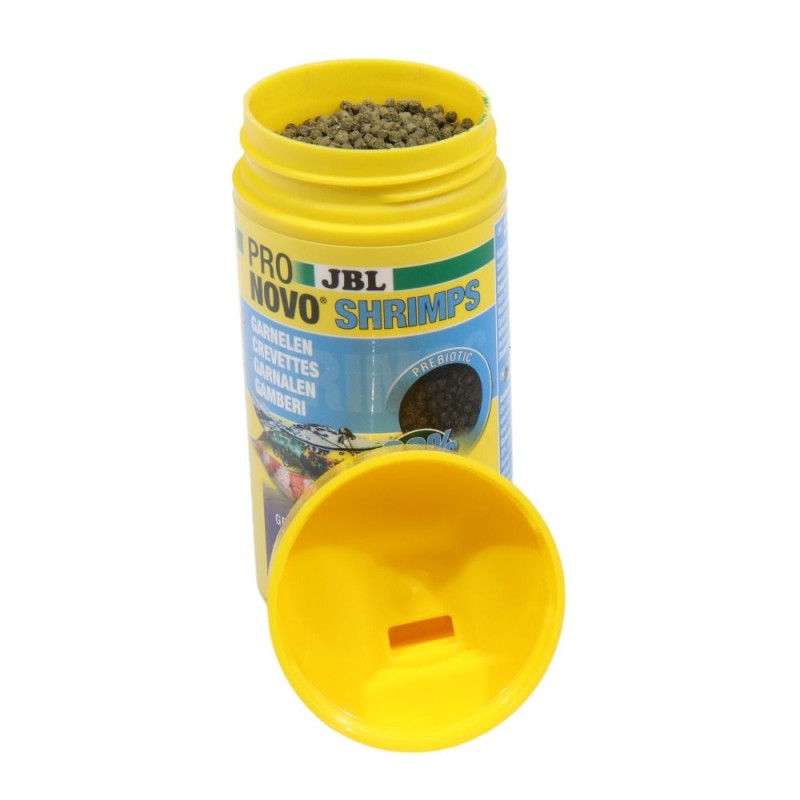
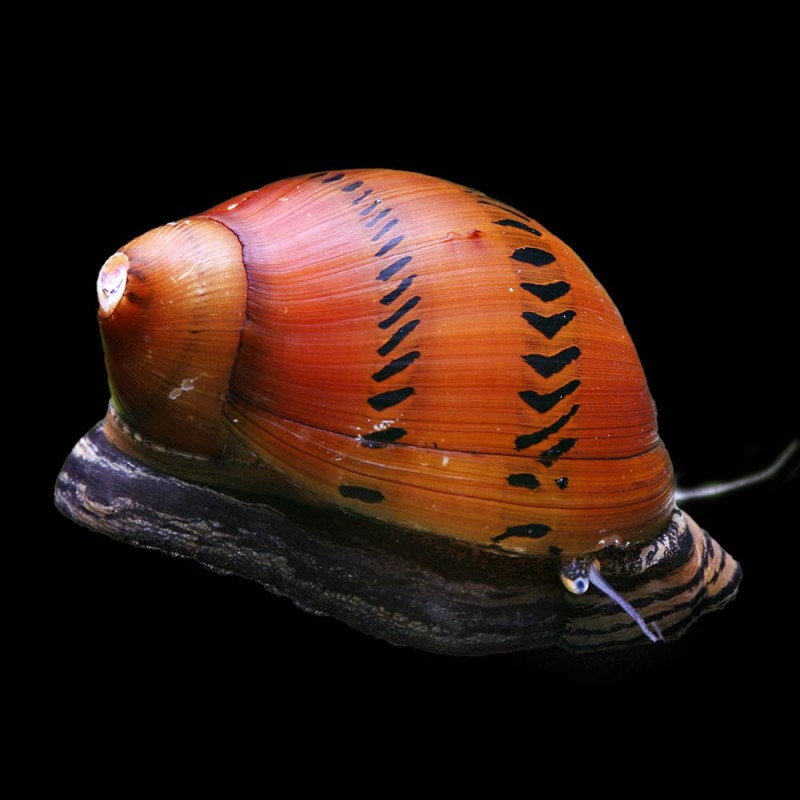
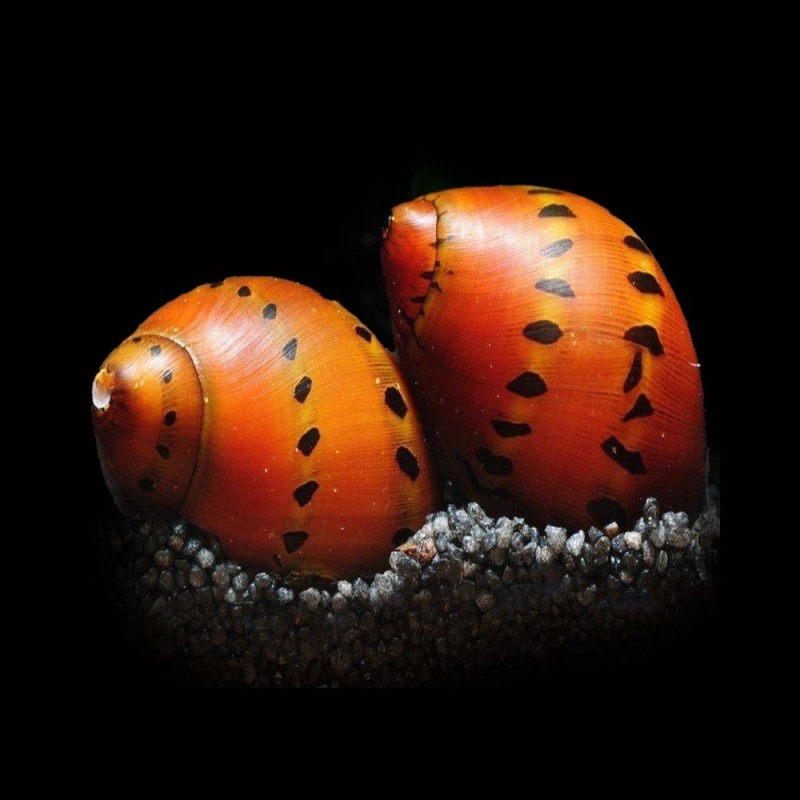
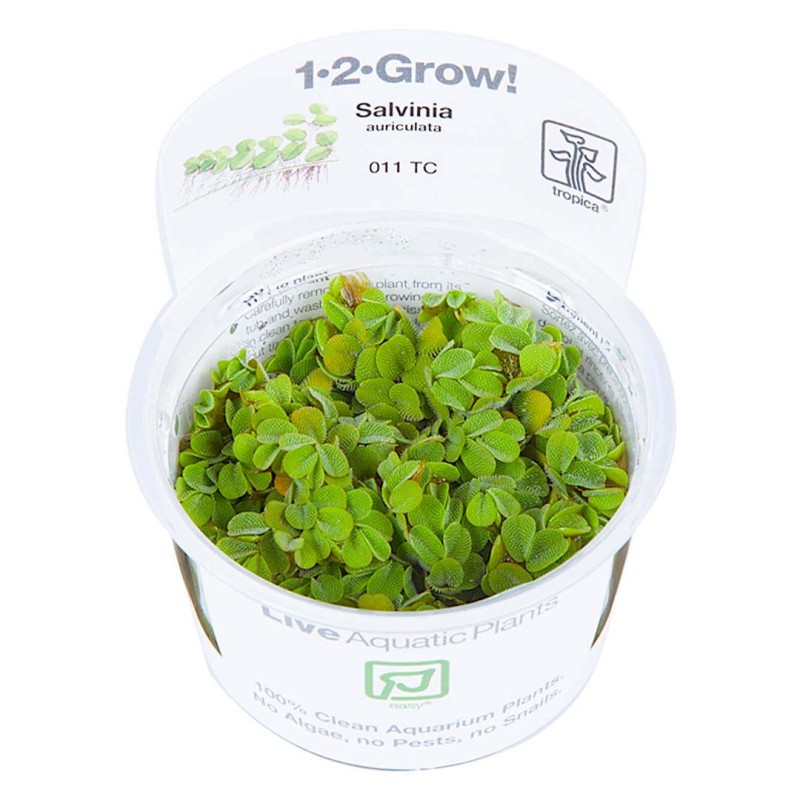
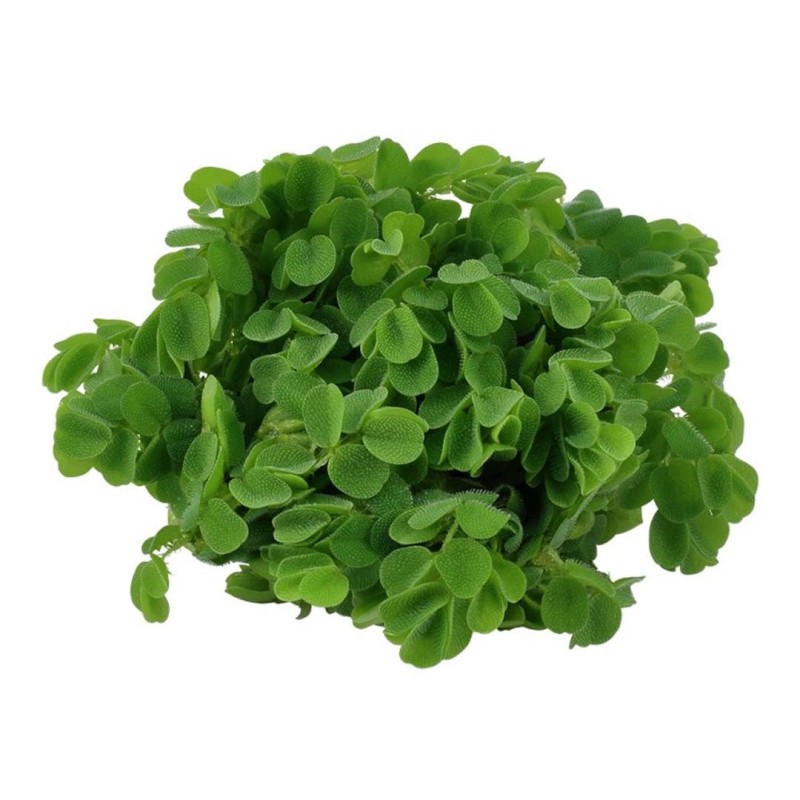
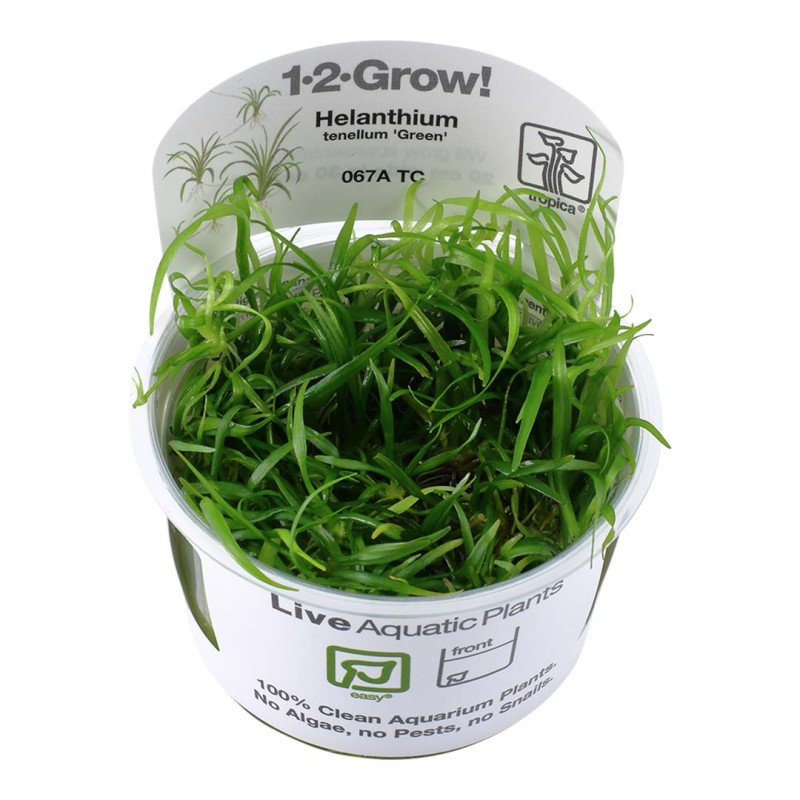
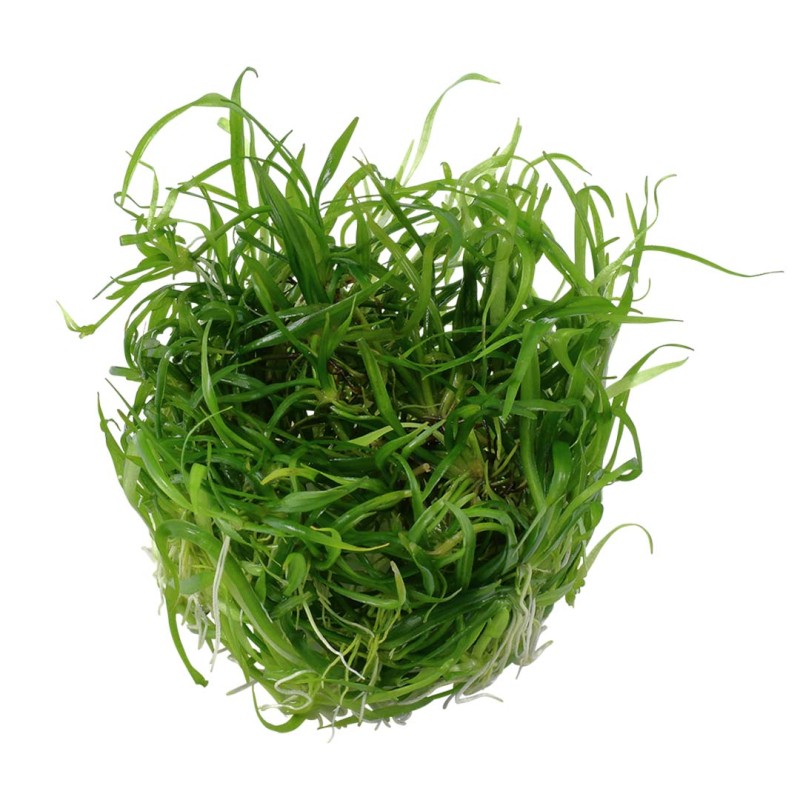
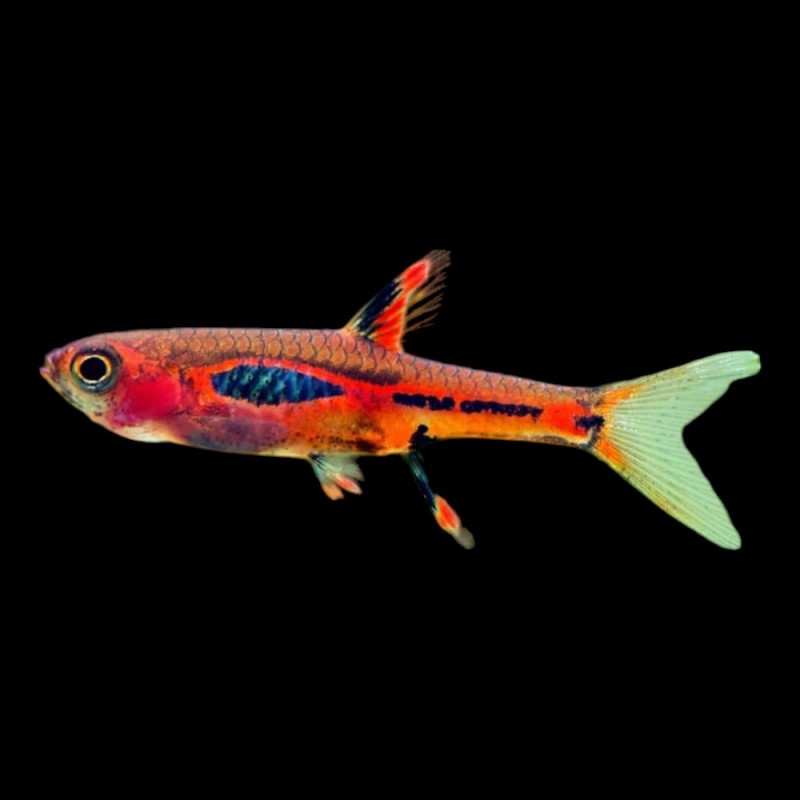
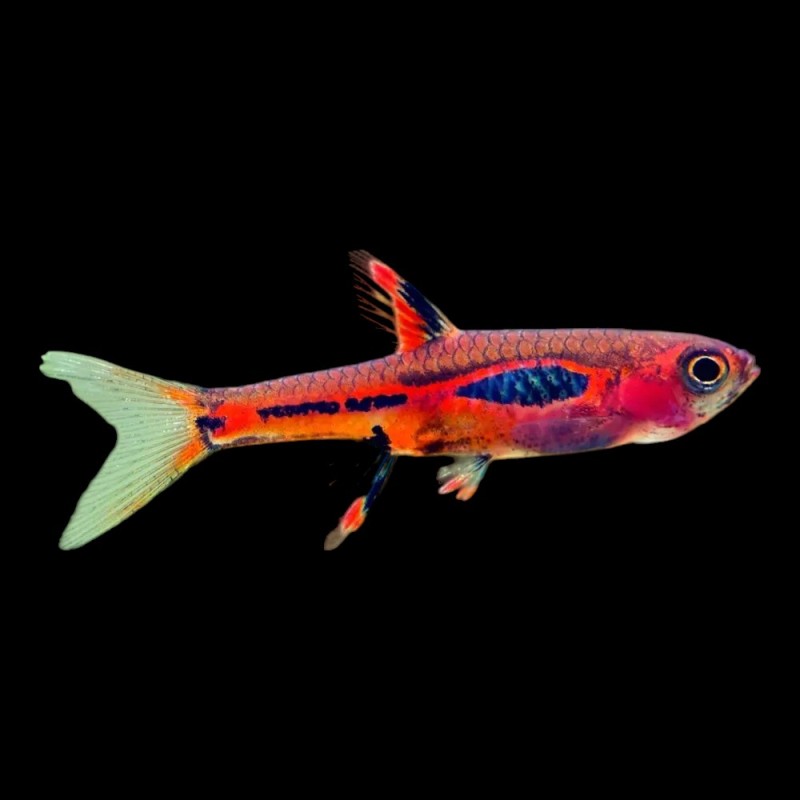
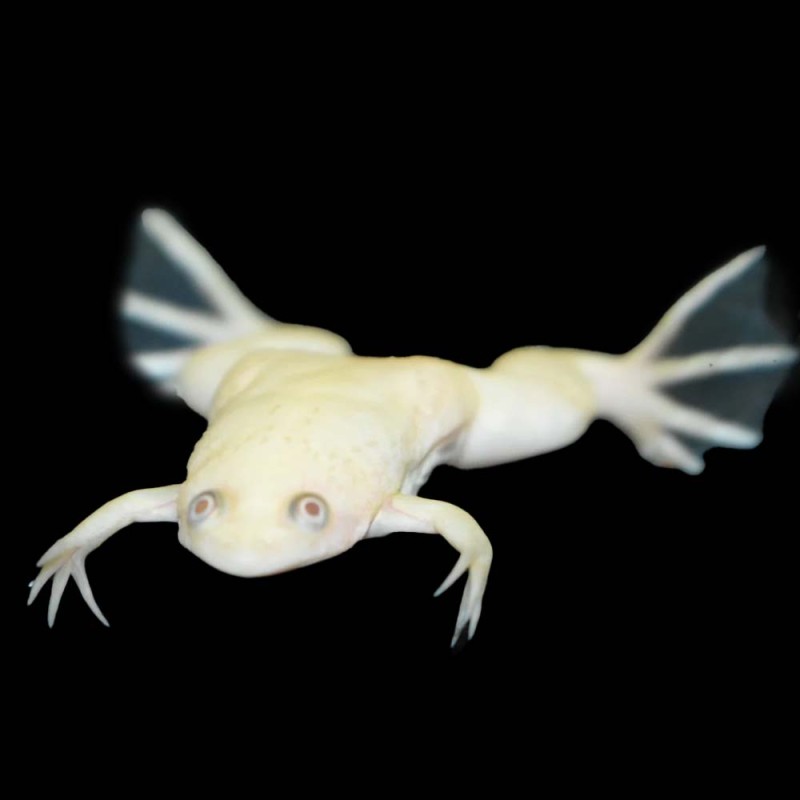
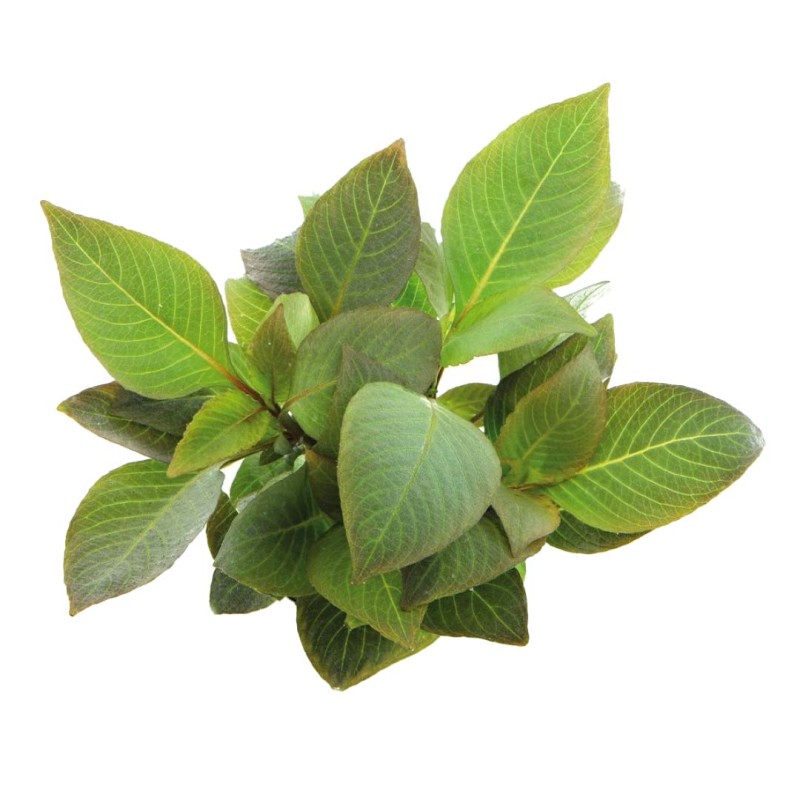
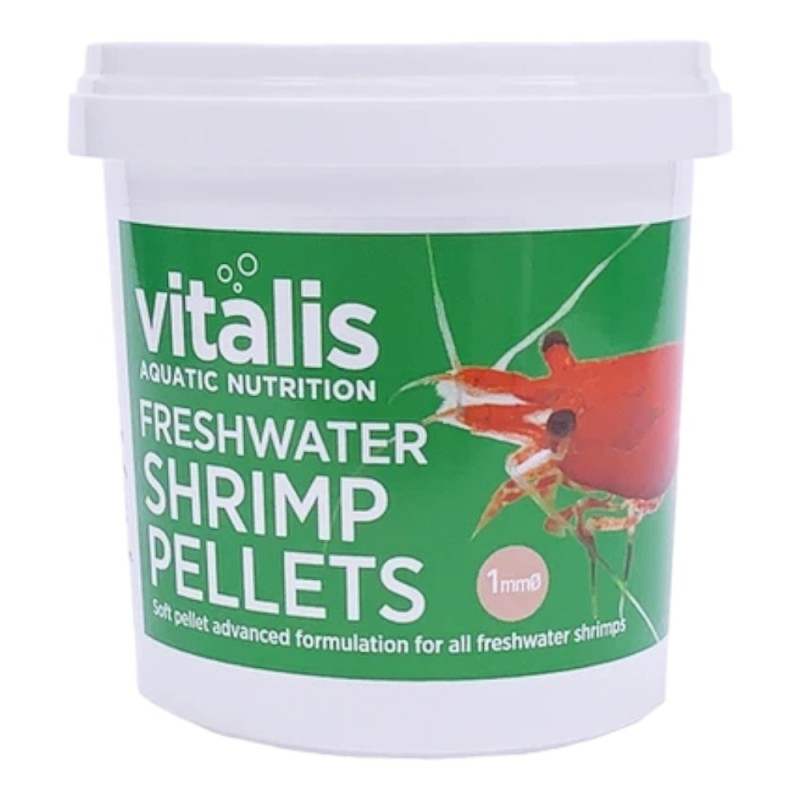
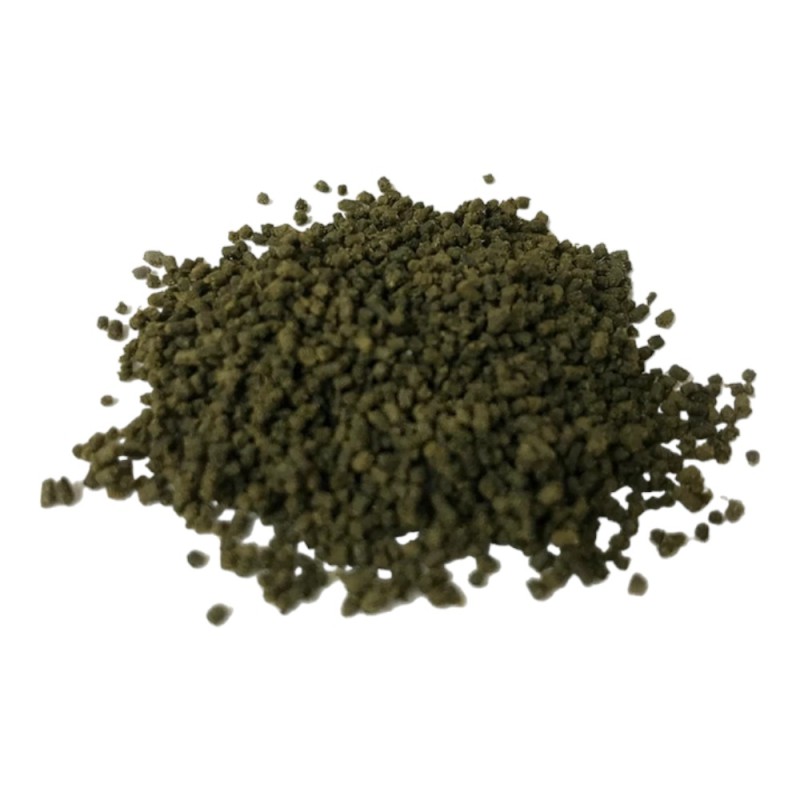
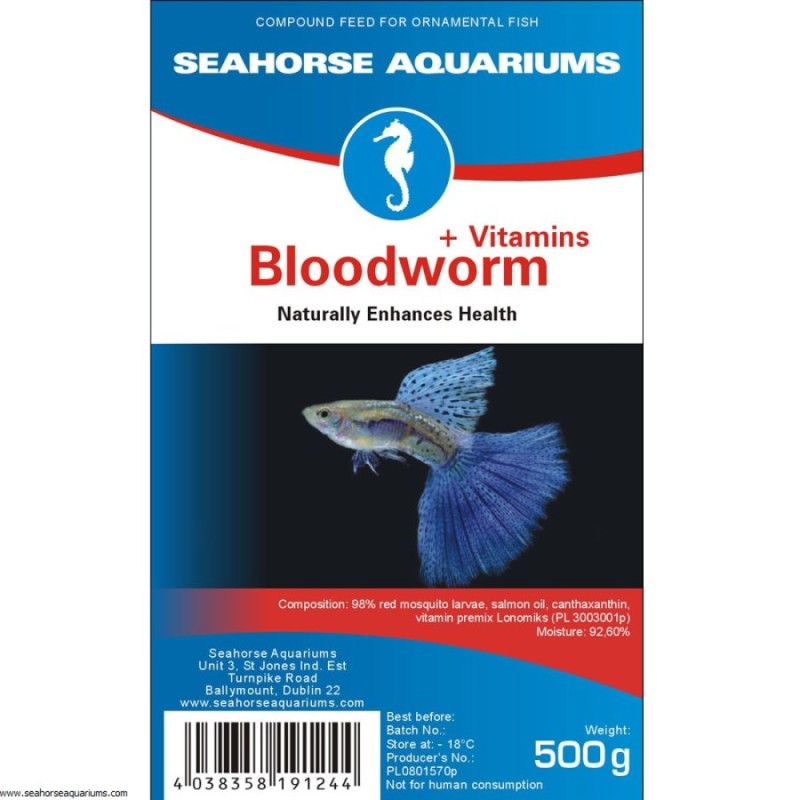
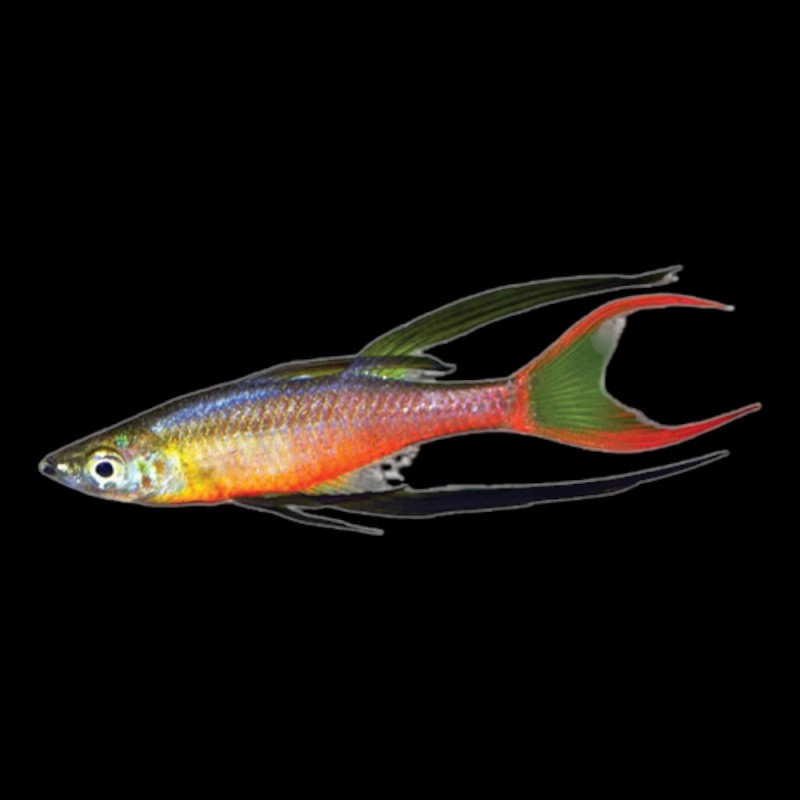
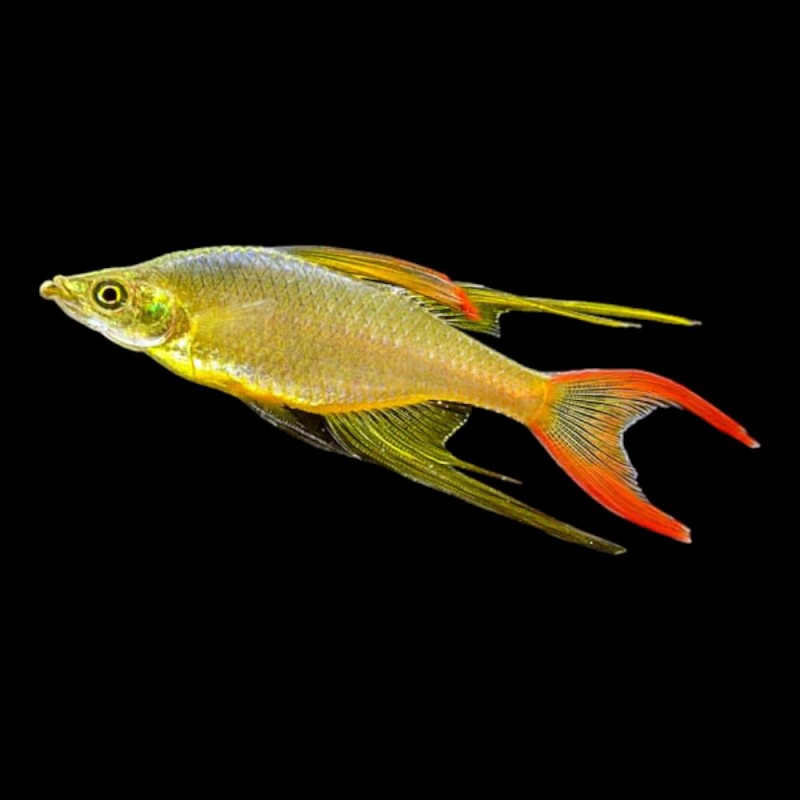
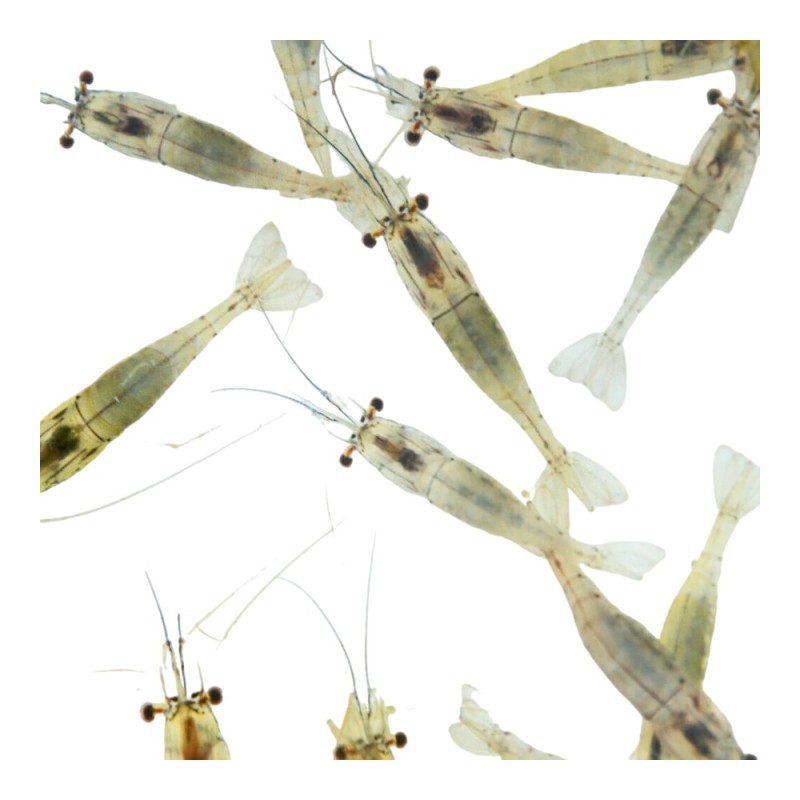
-800x800w.jpeg)
-800x800w.jpeg)
